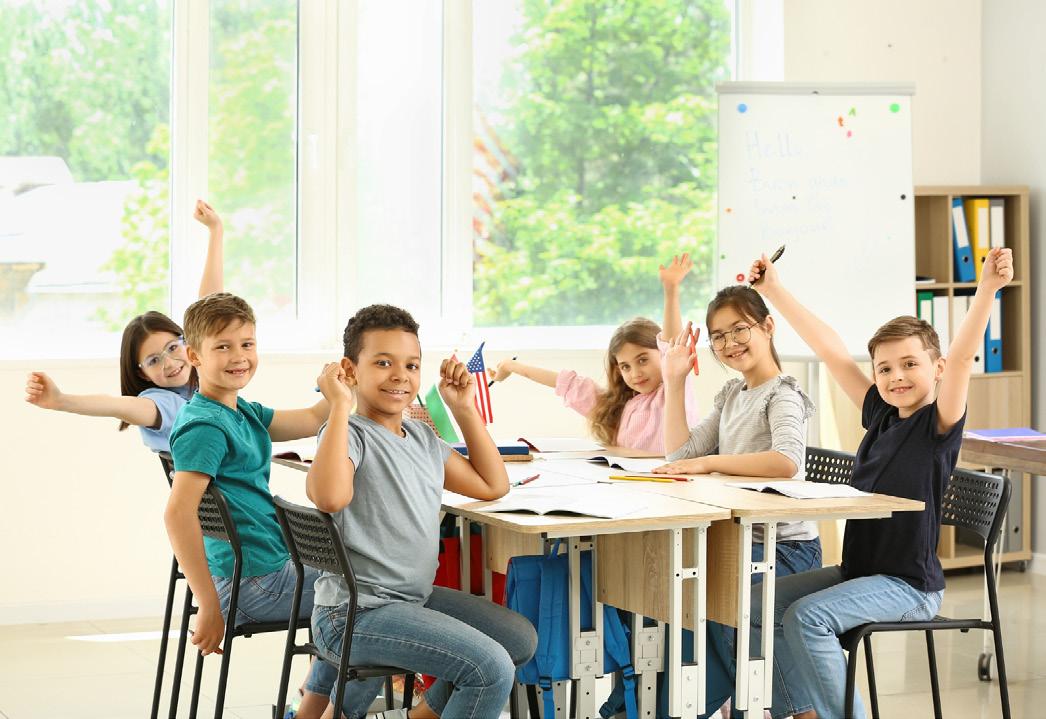EAGLE EYE
SEKOLAH PELITA HARAPAN


Dear Junior School parents,
I cannot believe that we are already at the end of Quarter 1! In the many years that I have been an educator, school years have always gone so quickly, but always for very good reasons.
The calling to be an educator is an exhilarating endeavor. It gives us the opportunities to build relationships with our students. This year is no different. We continue to seek ways to relate with each of them whether returning or new to our school.
The school theme, Come to the Waters, reflects our mission as a school and our biggest need as a human being. We long to be refreshed in our earthly journey, we long for God's compassion in our lives. Jesus in John 7: 37-39 said, "If anyone thirsts, let him come to me and drink. Whoever believes in me, as the Scripture has said, 'Out of his heart will flow rivers of living water." We will continue to point our students to the person of Jesus Christ. Our prayers for them this year remain the same, that they will believe in Jesus and enter into a trusting and ongoing relationship with him.
The Eagle Eye is not just a newsletter; it's a window into your child's educational journey at our school. It serves as a snapshot of the activities in our classes and the remarkable progress and growth that your child experiences throughout the year.
In each quarterly issue of the Eagle Eye, you can expect classroom highlights, where teachers showcase the amazing activities and projects happening in your child's classroom. Sometimes we will ask our students to write the articles, reflecting on their learning and growth throughout the quarters.
Lastly, I want to express my heartfelt gratitude for entrusting us with your child's education. Thank you for letting us be an integral part of your child's life. I also pray that you will be able to enjoy your term break as a family and come back in a week refreshed and ready for Quarter 2.
In His Service,
Yuniarti KatuWe kicked off the new year with a tea party to learn the letter T. Our Pre-K students were allowed to come dressed in free clothes and they all looked so cute!
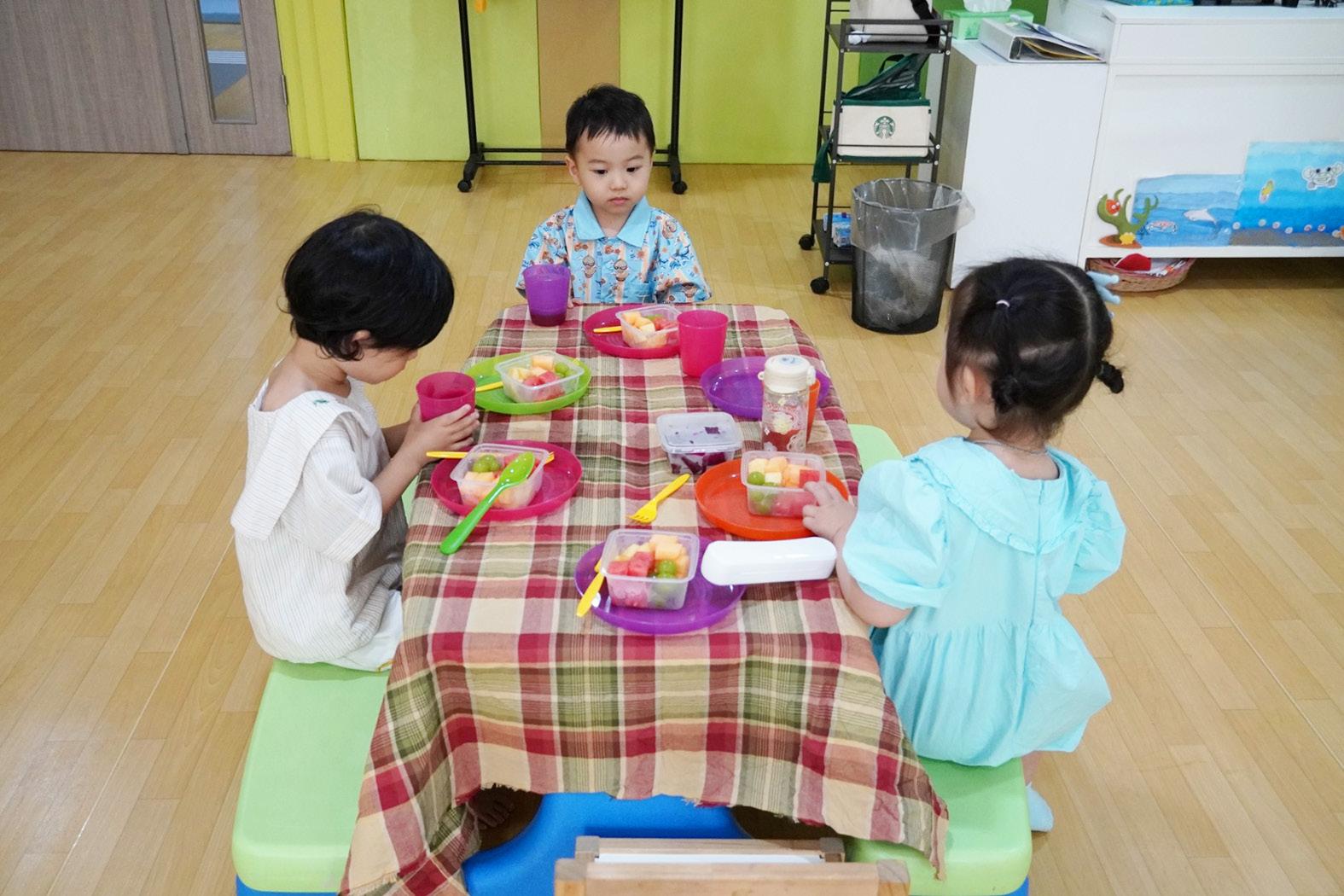
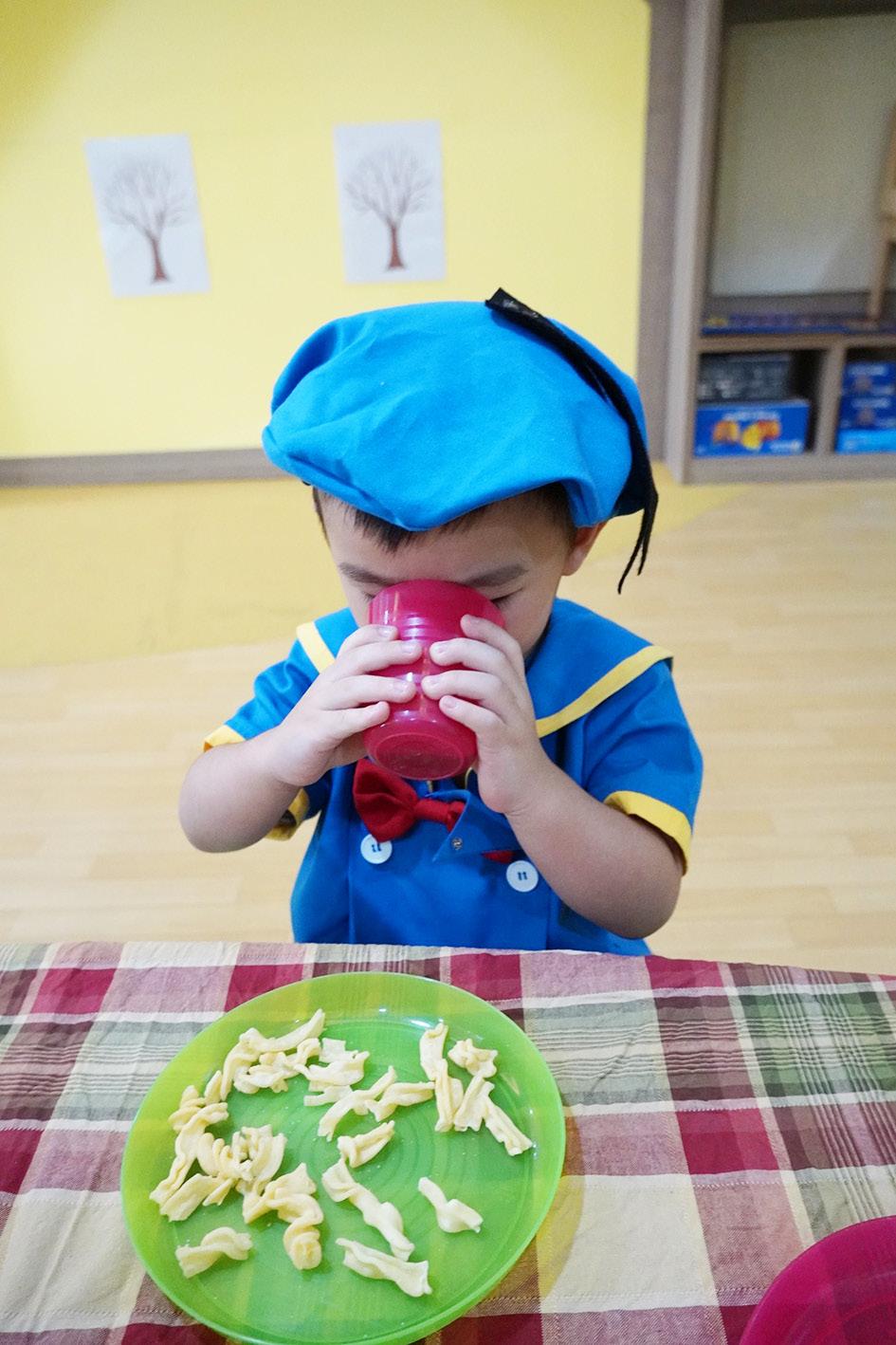
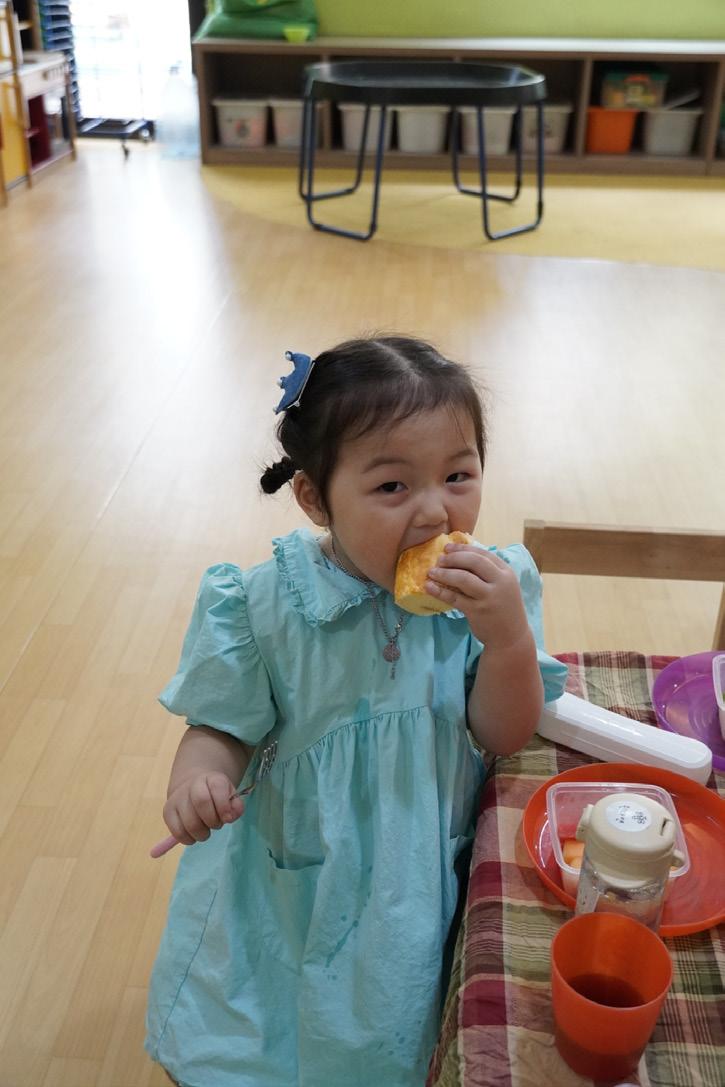
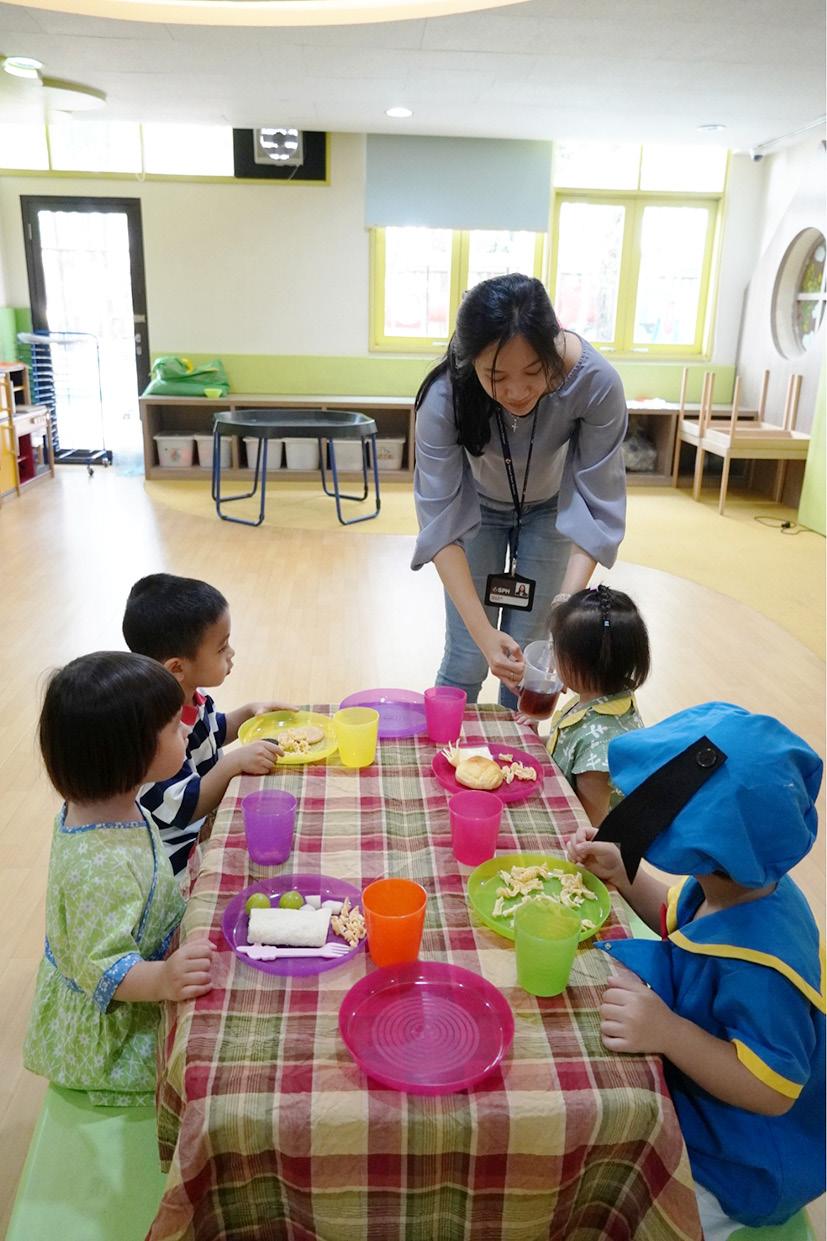
We started the party by pouring tea into our cups. It was a bit tricky at first, but we got the hang of it. We learned that pouring tea helps to strengthen our fine motor skills.
We also had a chance to taste the tea. Some of us had never tried tea before, but we were all excited to give it a try. After we had our tea, we shared the delicious food that our students brought to share. We had fruits, cake, and cookies. It was a feast! The tea party was a lot of fun, and it was a great way to learn about the letter T and build relationships with our peers.

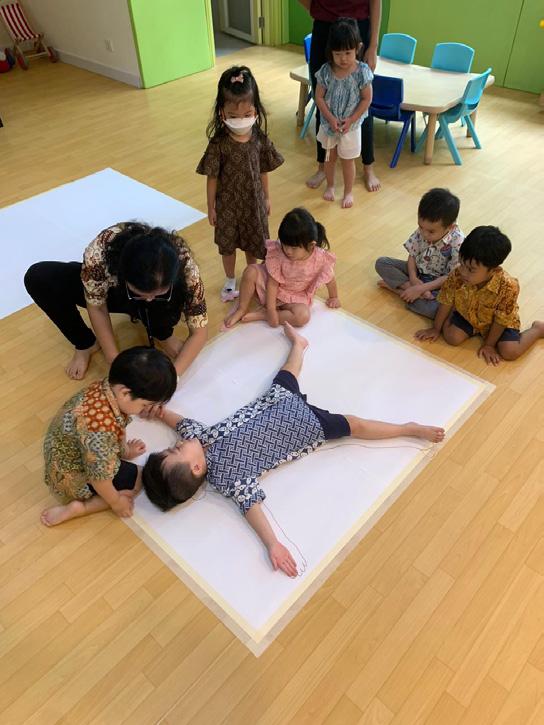
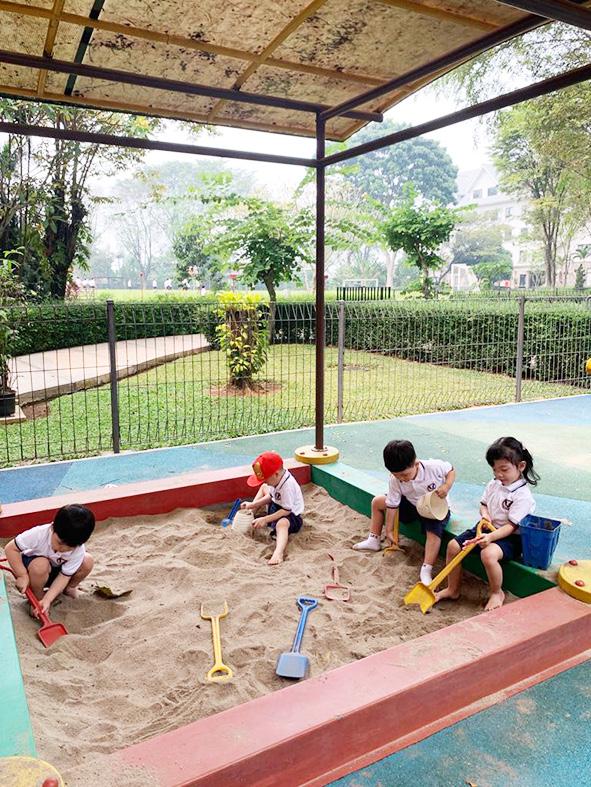
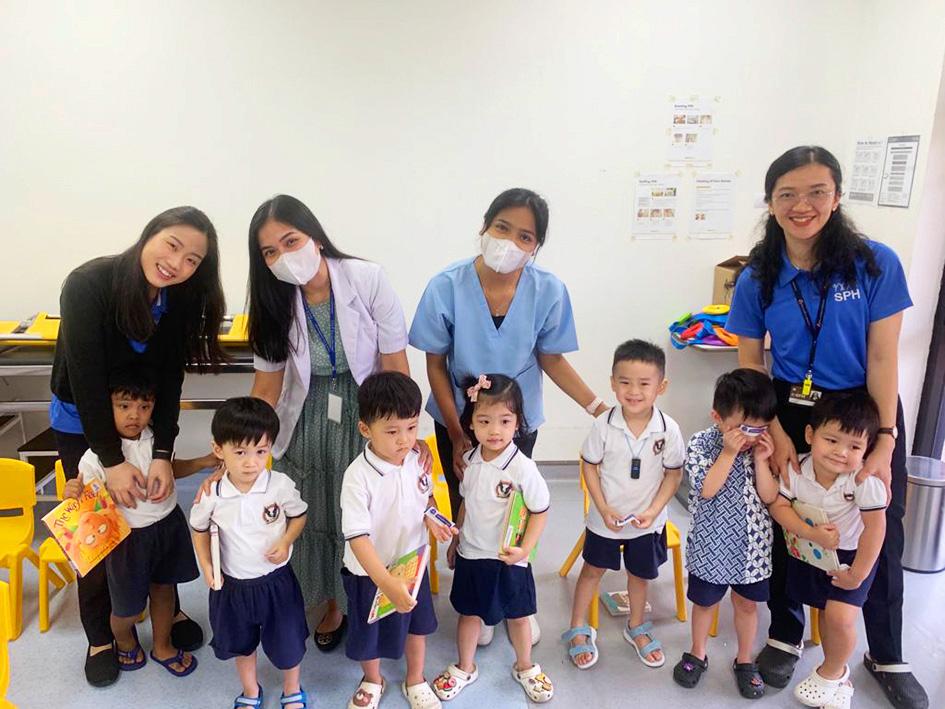
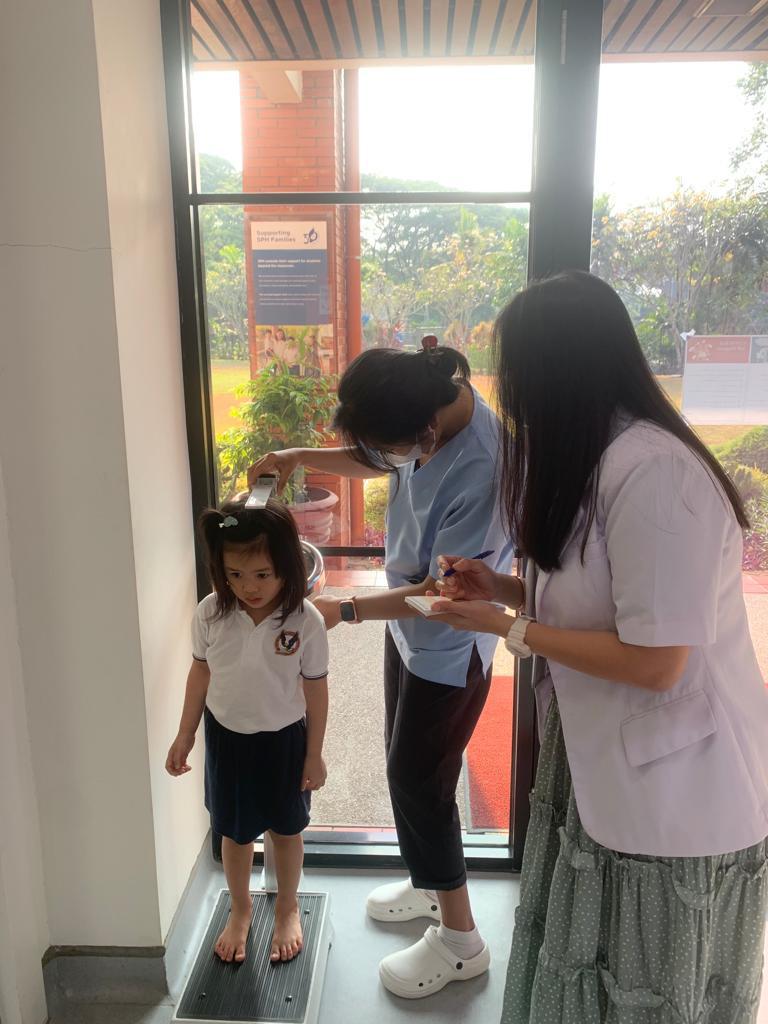
As K1 embarked on our early exploration of the theme "Who We Are," we took a close look at human's amazing senses! The 5 Senses that God gave us are mighty tools that help us learn and understand this wonderful world! In the classroom we played with colorful lenses, musical instruments, varied textures, scented playdough, and flavorful food! All to help us understand how we are truly fearfully and wonderfully made. Having learned about how precious our bodies are, it is our responsibility to take good care of them. A few weeks ago, we had the opportunity to visit the doctor to get our measurements taken. We saw how each of us have grown taller and heavier since we were babies. The doctor also taught us how to take care of a wound and wash our hands properly. We surely can’t wait to continue our journey exploring the mighty senses!
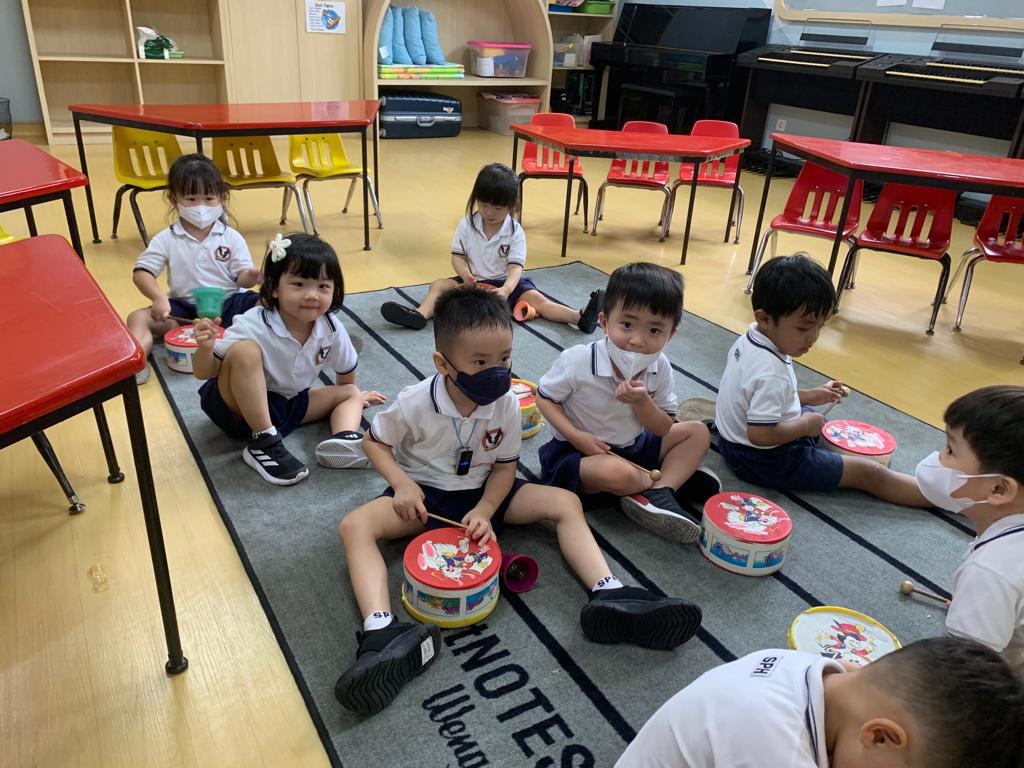
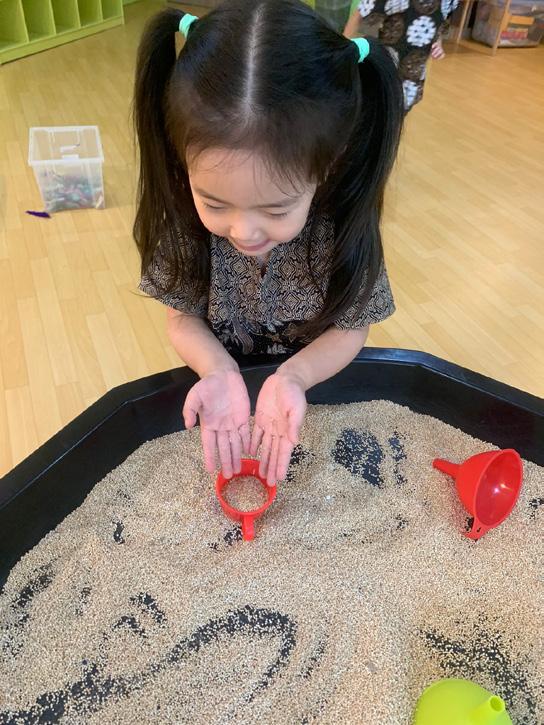

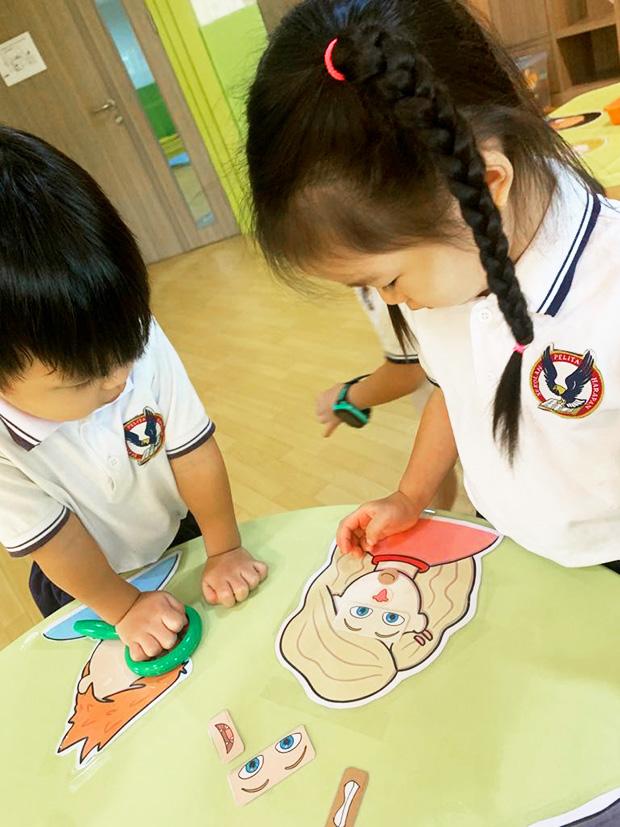
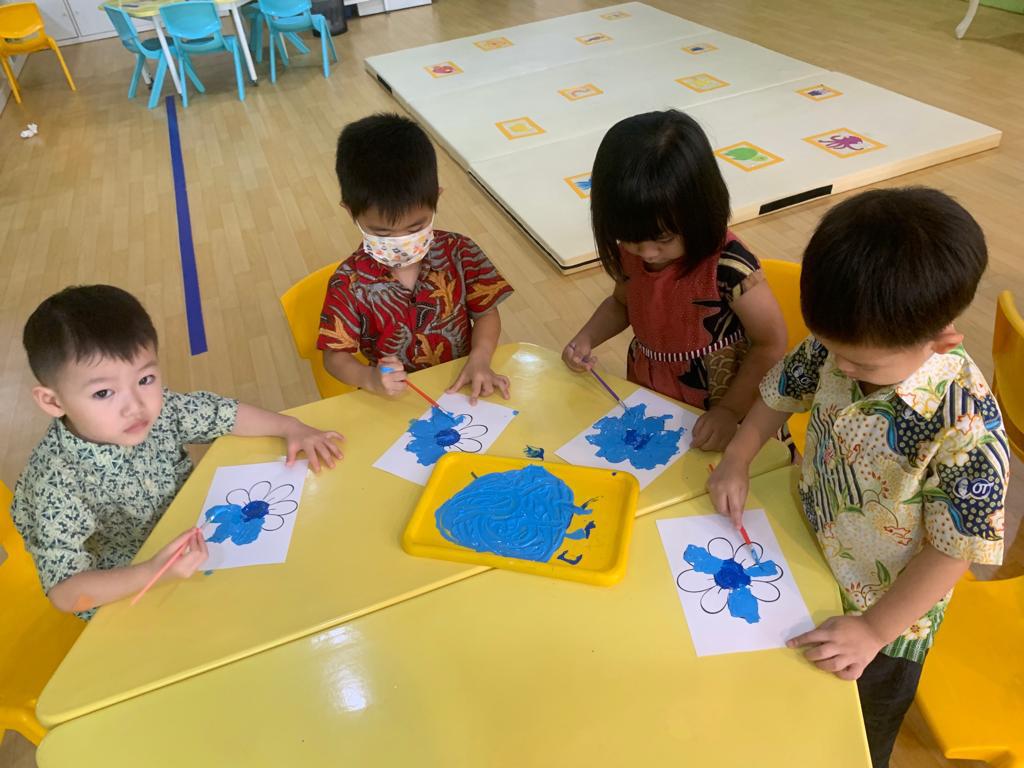
This year, both K2 classes have been enjoying Wednesdays and only girls’ time and only boys’ time together socializing, exploring, and experiencing the world together. The activities we have been doing range from playing various games (ie bowling, parachute) and making pizza during Wonder-Filled Wednesdays. For girls’ time, we have been doing fun activities that pique the interests of girls such as ribbon dancing and bracelet making. In the same way, for BTO, we have explored the Maker Space together and had race car races. What a fun filled time with our friends!
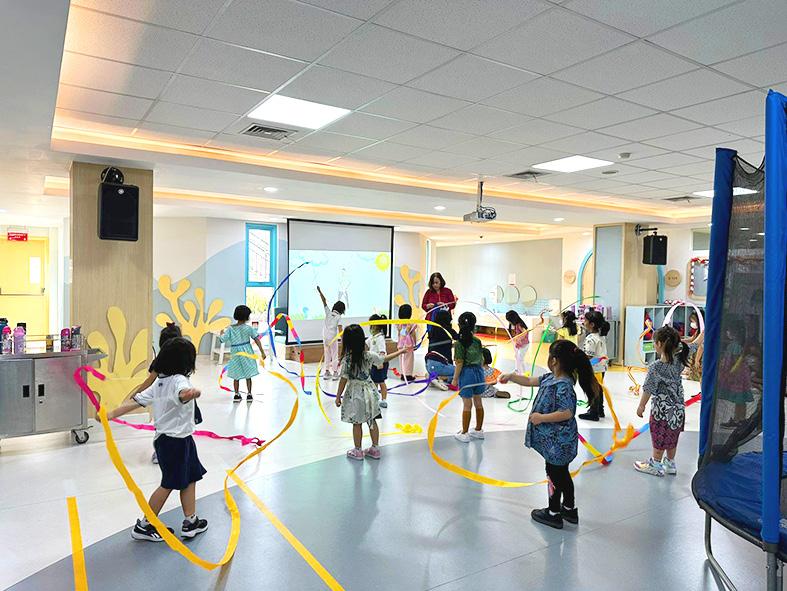
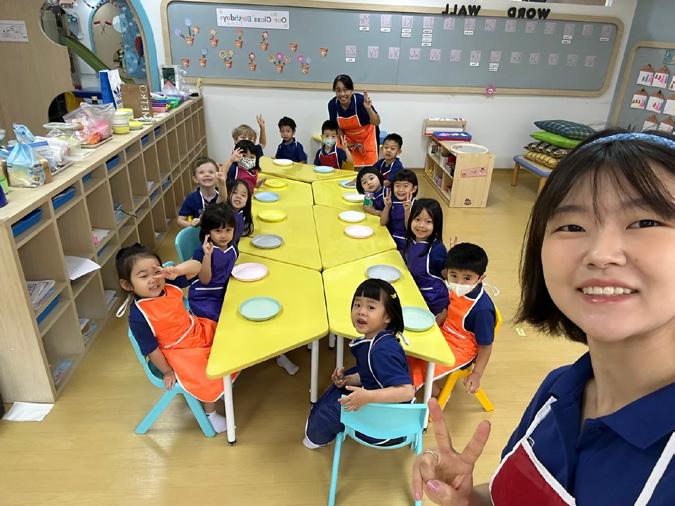
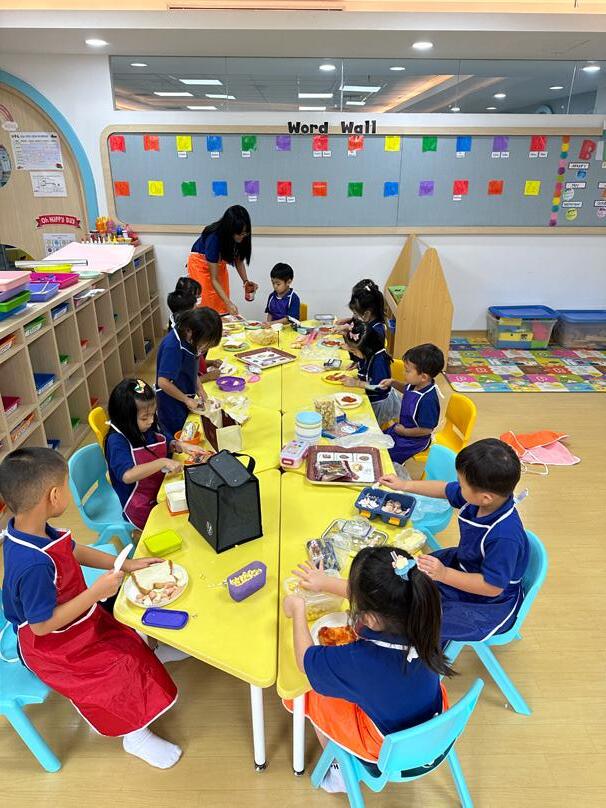
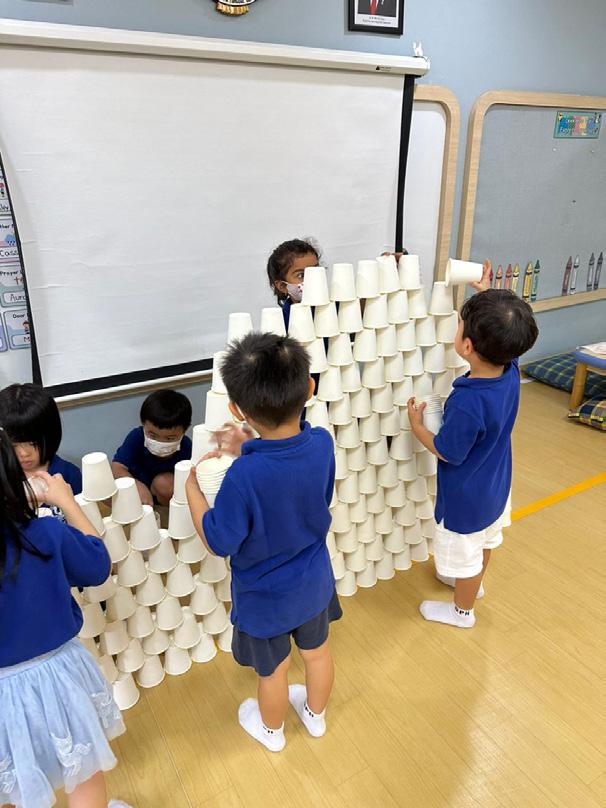
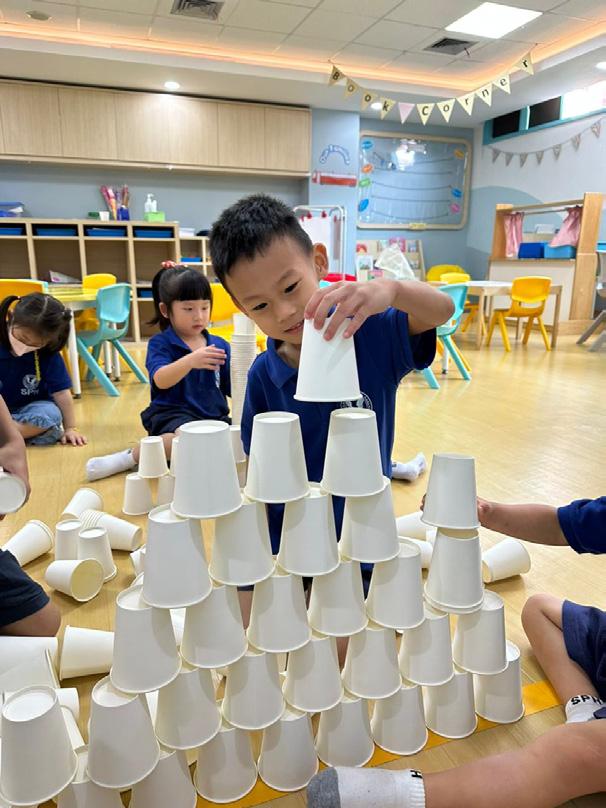
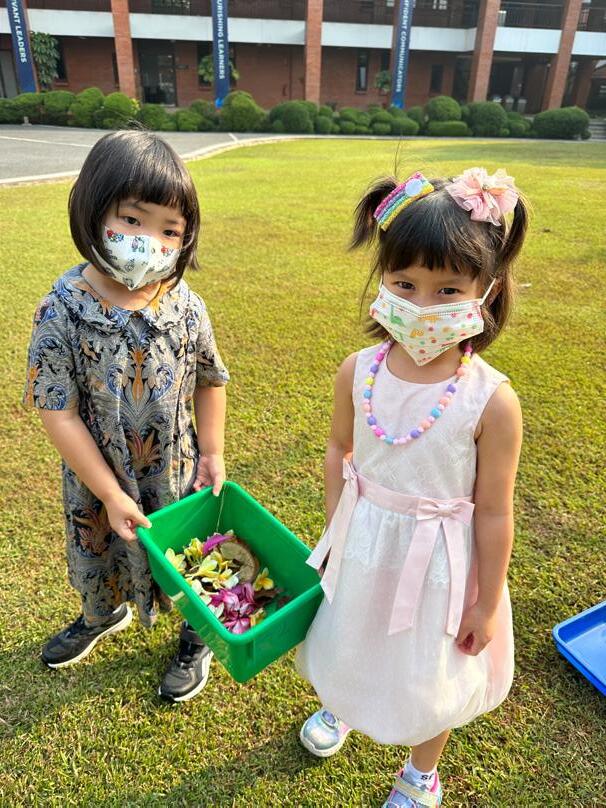
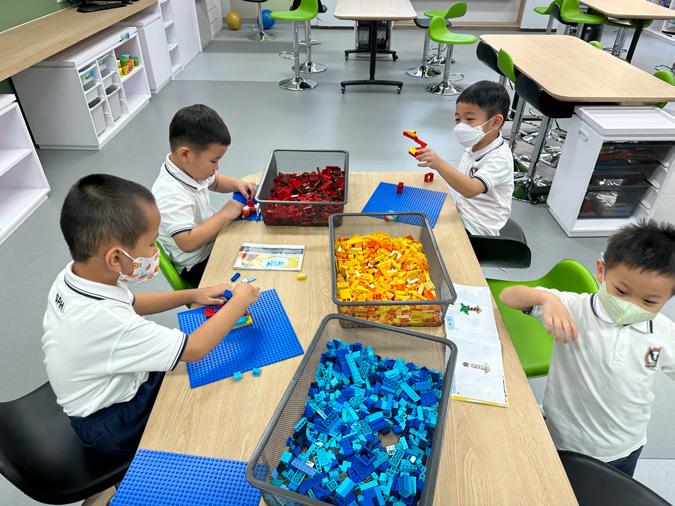
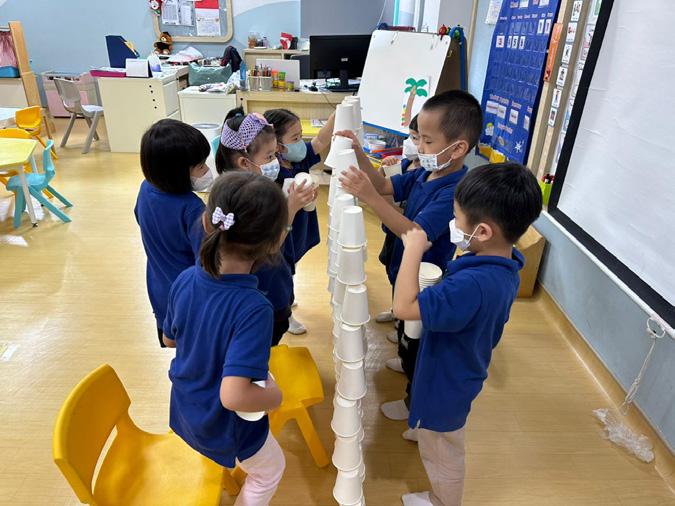
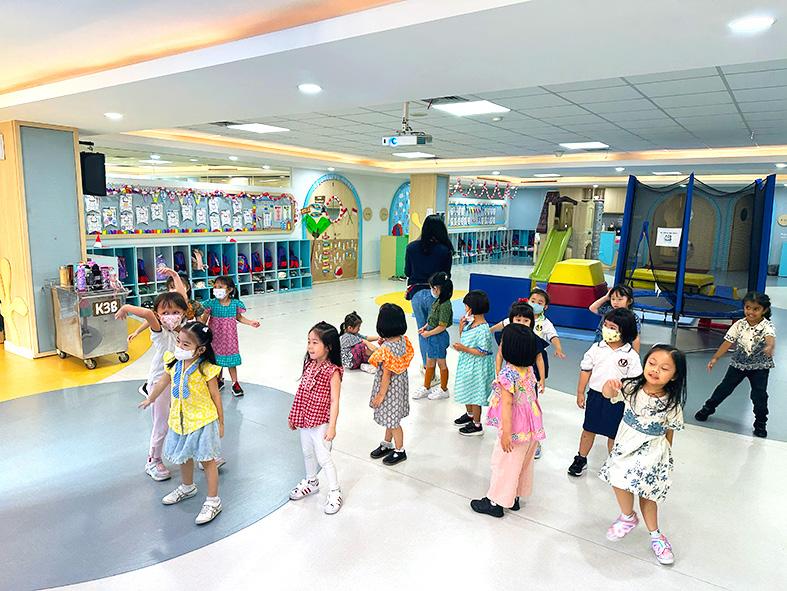
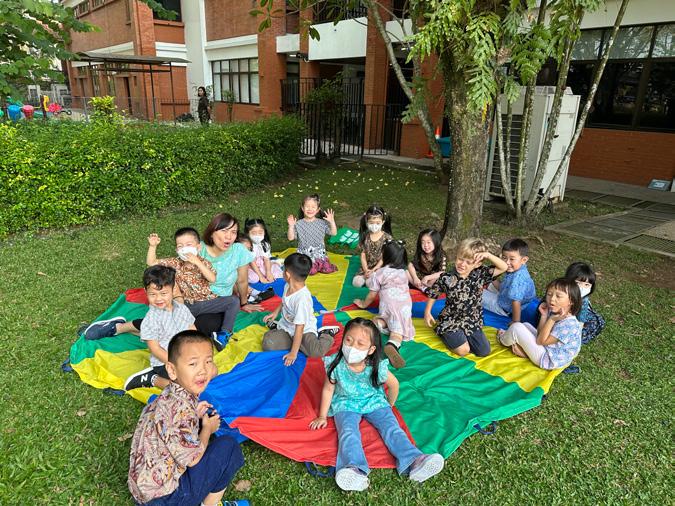
In our exploration of 'How We Organize Ourselves,' our K3 students have learned an important lesson: "What's gonna work? Teamwork!" This idea fits perfectly with our main theme that communities help each other in different ways
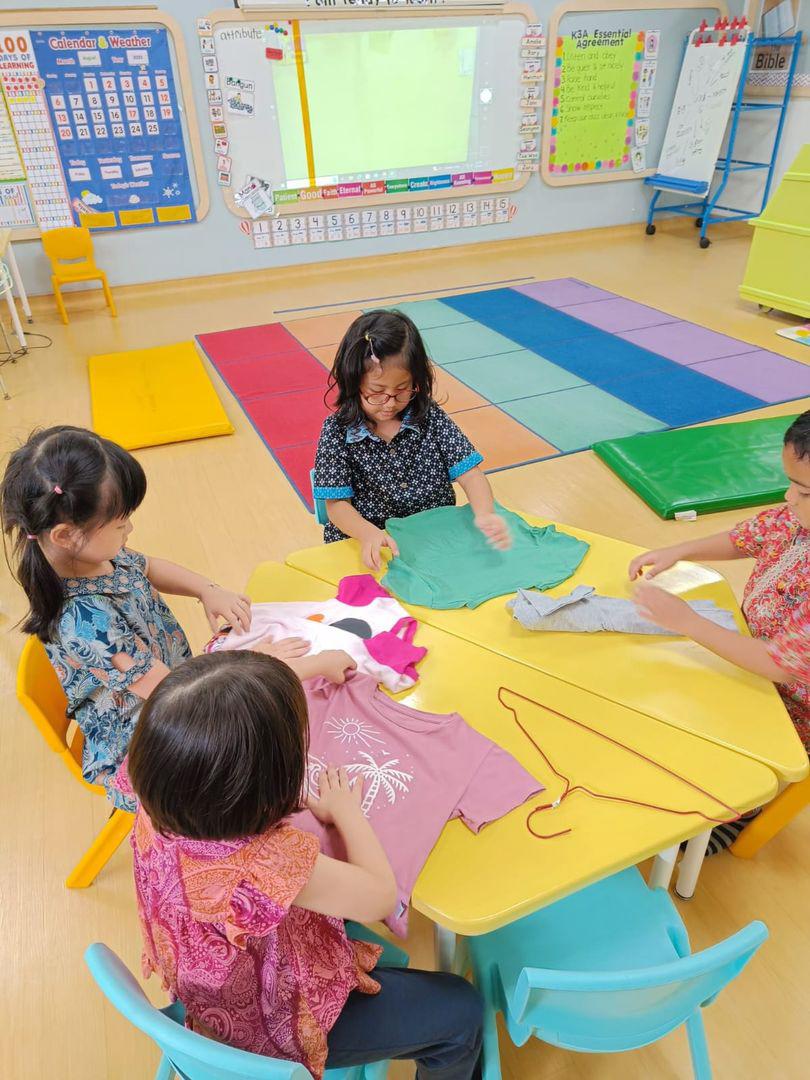
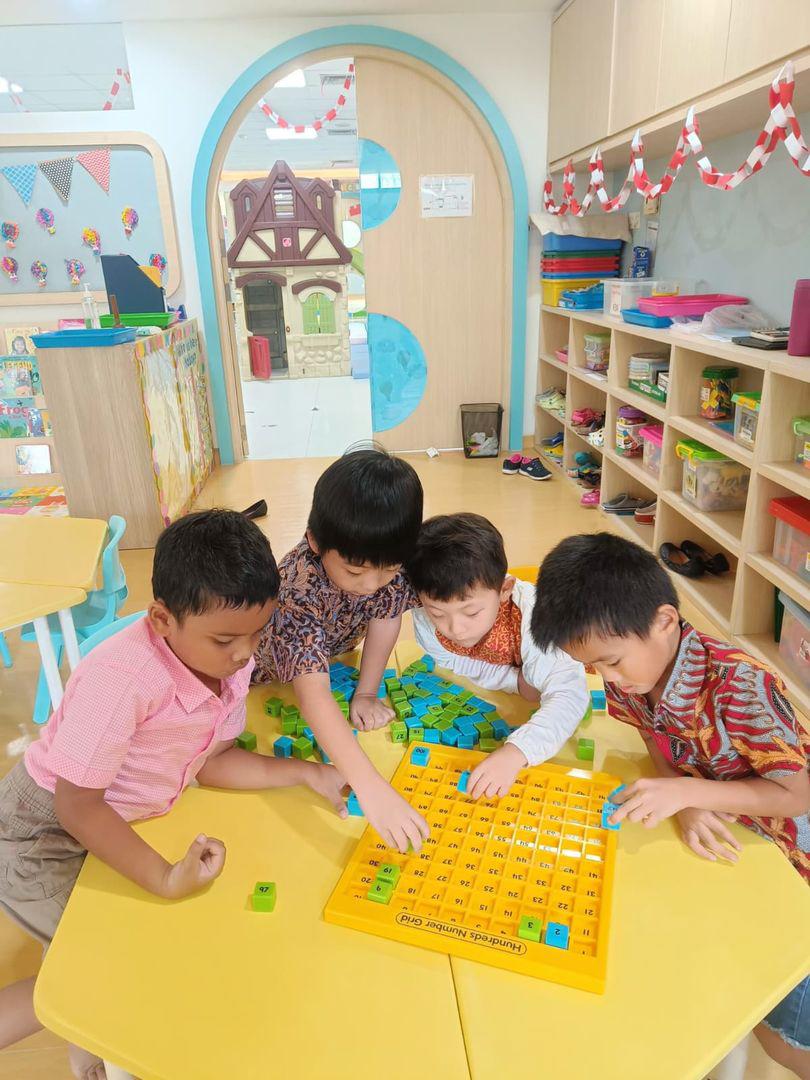
From the very first day of school, we have been diligently instilling the importance of adhering to rules and routines. A memorable highlight for our K3 students was collaboratively crafting our class agreement, which has set the tone for our collective efforts.
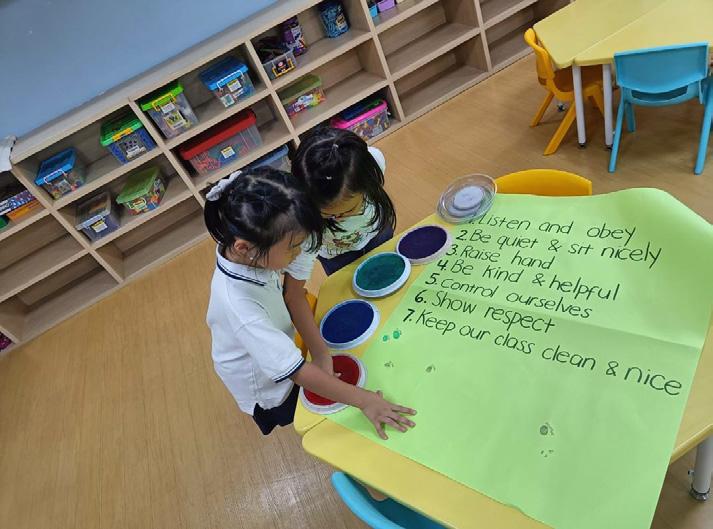
Our young learners have enthusiastically delved into the realm of rule-following, teamwork, and the values of kindness and helpfulness through an array of engaging activities. These activities encompassed both indoor and outdoor games, as well as exciting relay and competitive challenges.

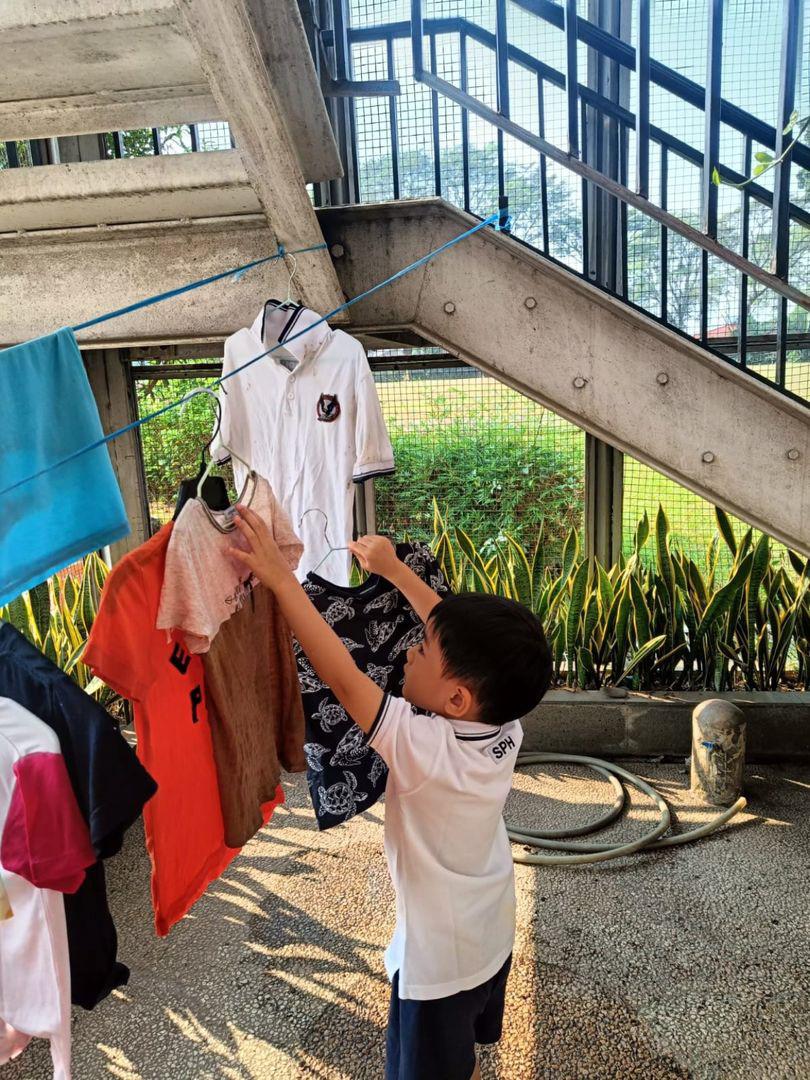

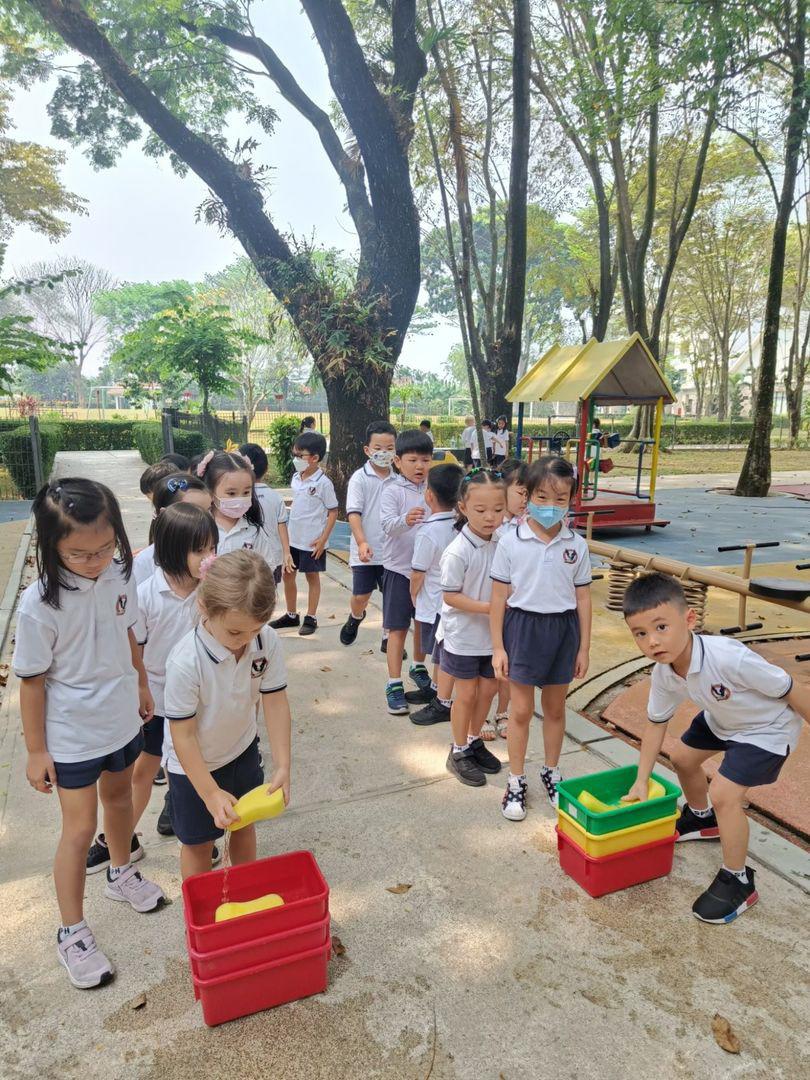
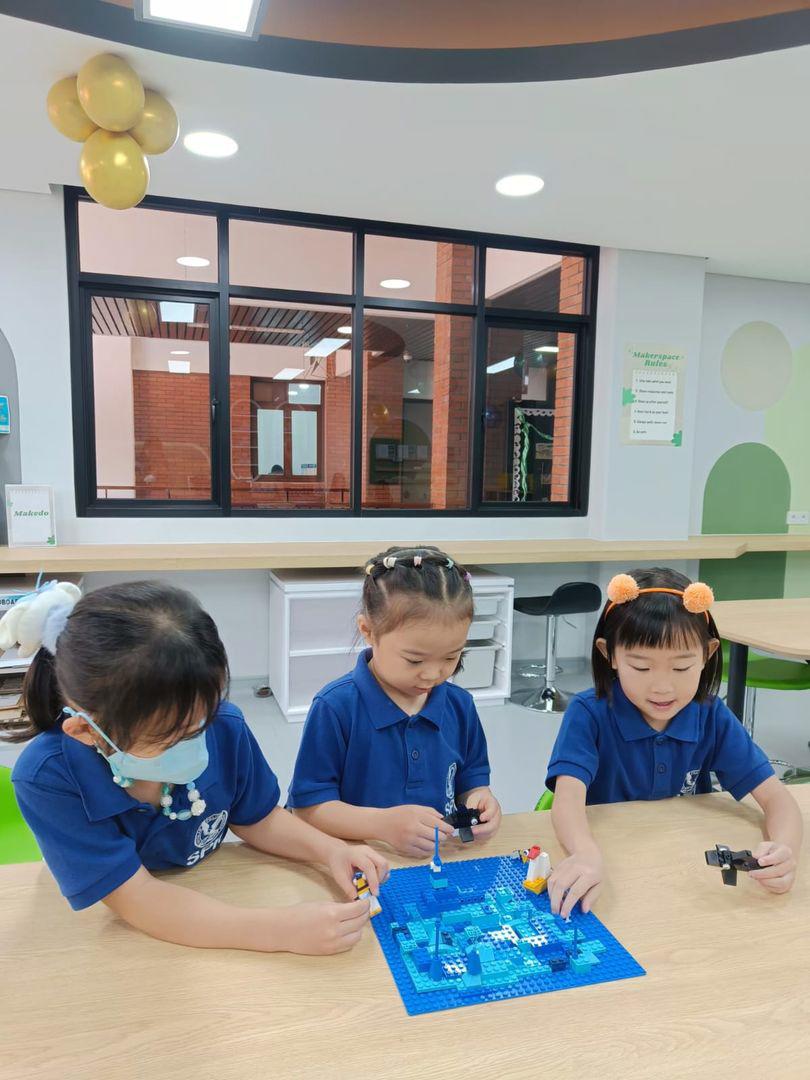
Instilling the concept of responsible group membership is a pivotal part of our curriculum. Through integrated activities in English and Math, the children have had the opportunity to explore various self-help skills. In doing so, they've demonstrated their ability to work independently while also being invaluable and accountable contributors to our classroom community.
by Ibu MelisaIn How We Organize Ourselves, the Grade 1 students explored the idea on how public spaces provide people with opportunities to make connections and establish a sense of community. We kicked off the unit by discussing how different public spaces, such as the school, church, hospital, mall, restaurant, etc. bring people together to meet their needs. In addition, the Grade 1 students inquired about the characteristics of different public spaces and how people should behave in a public space. Here are some examples of the students’ projects on their chosen public space.
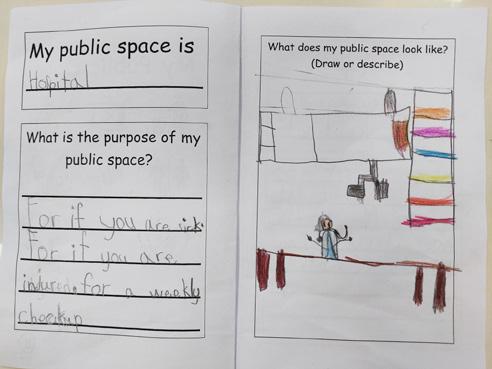
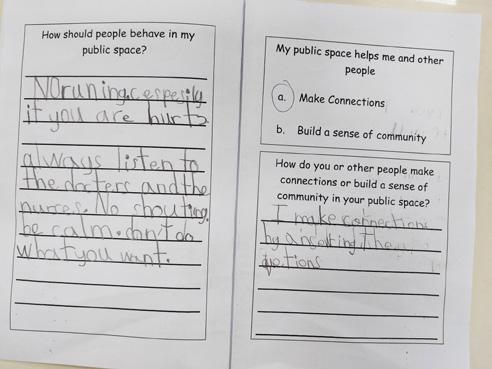
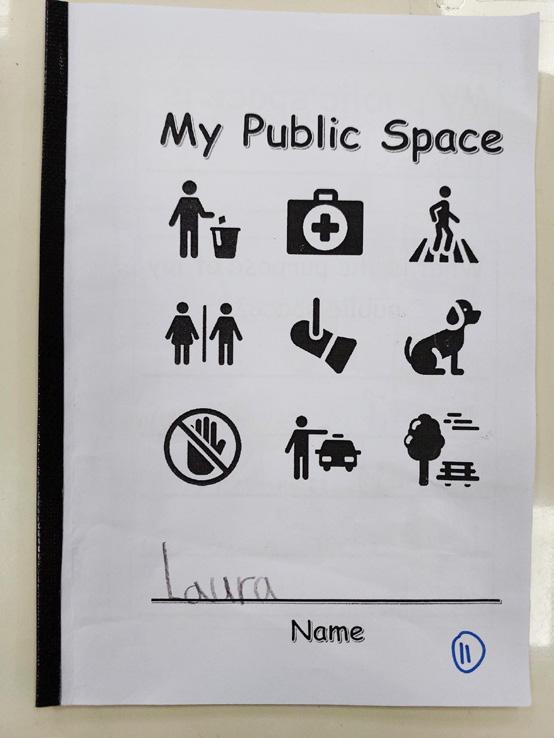

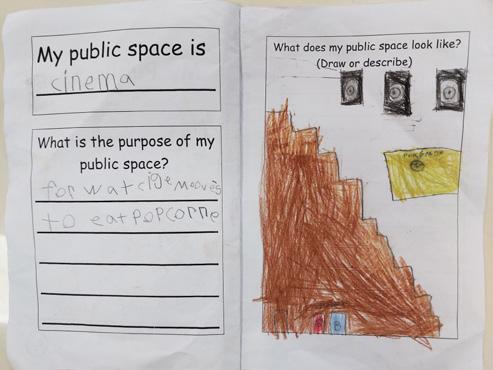

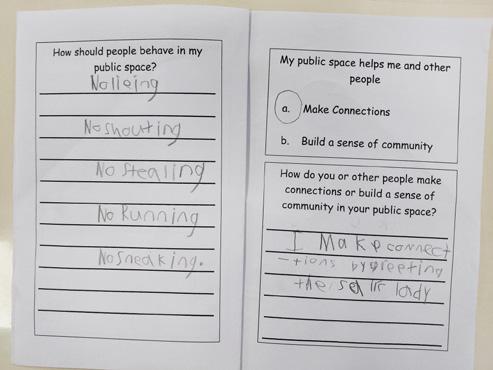
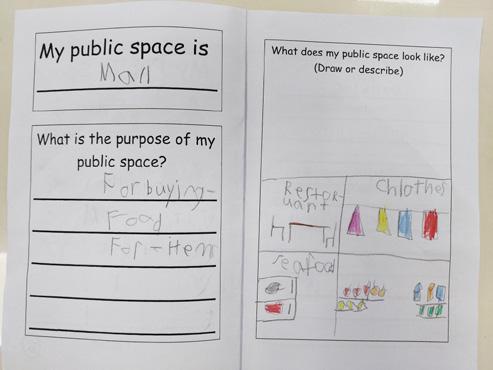
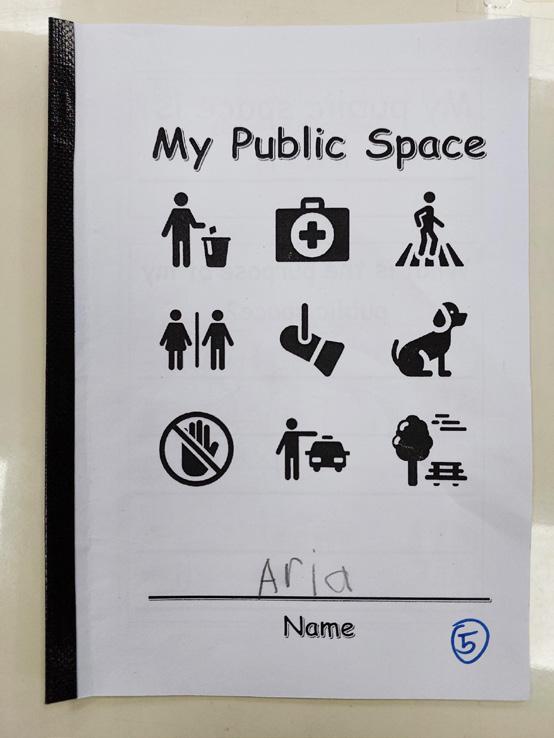
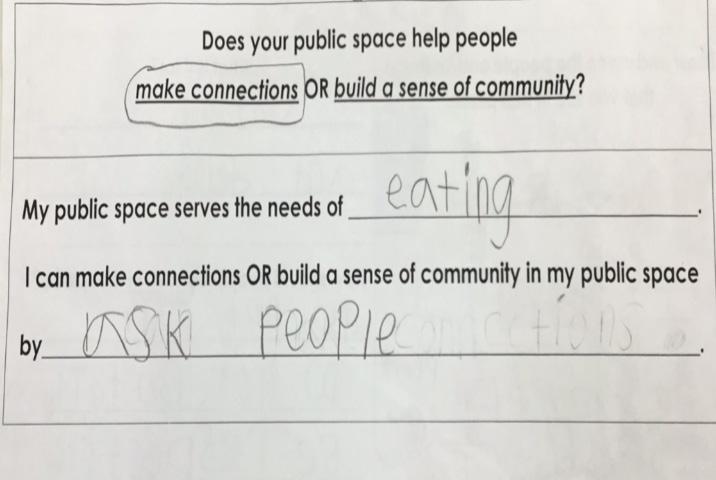
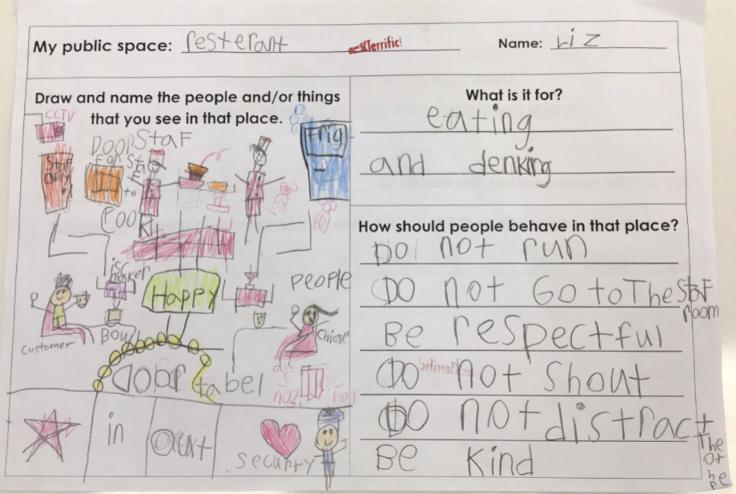
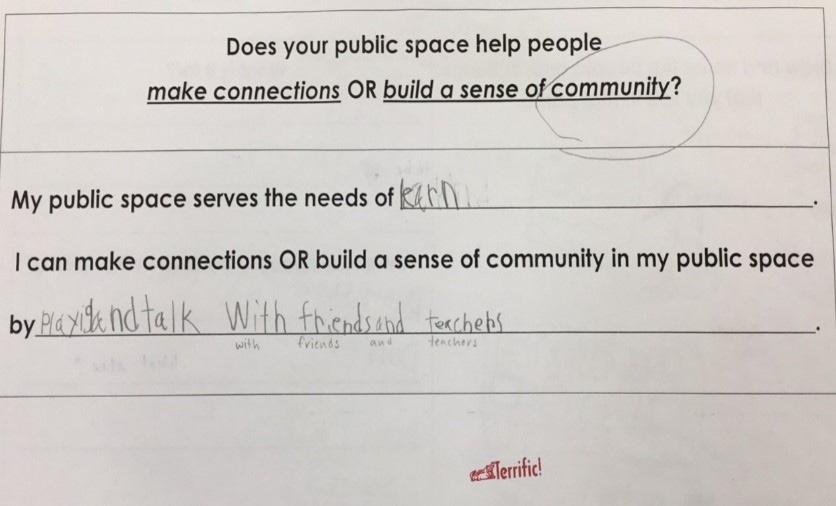
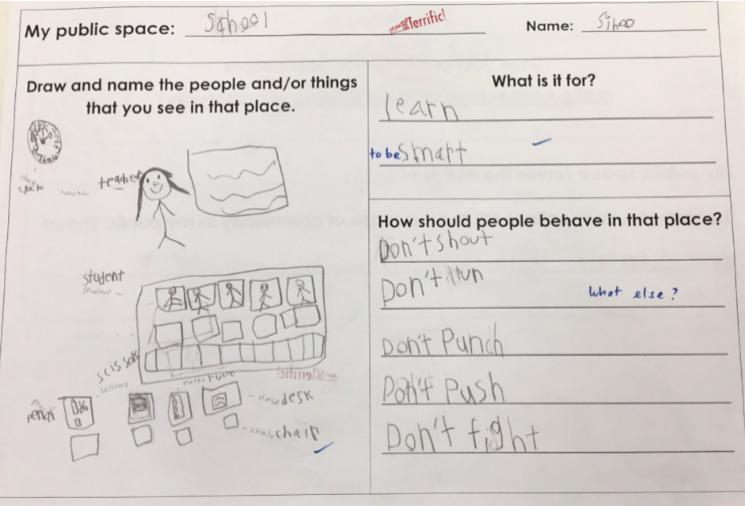
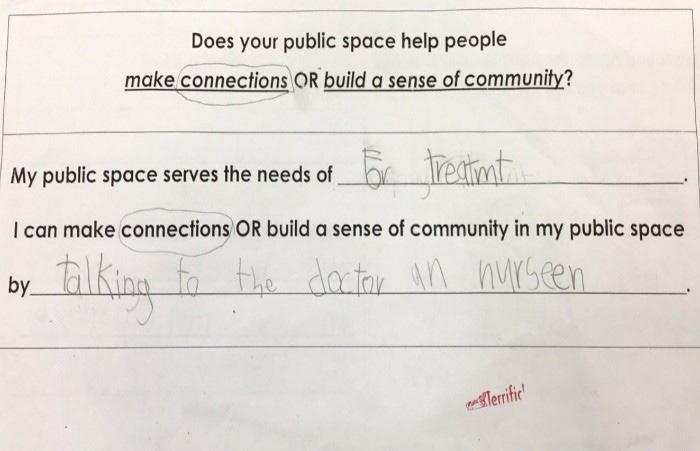
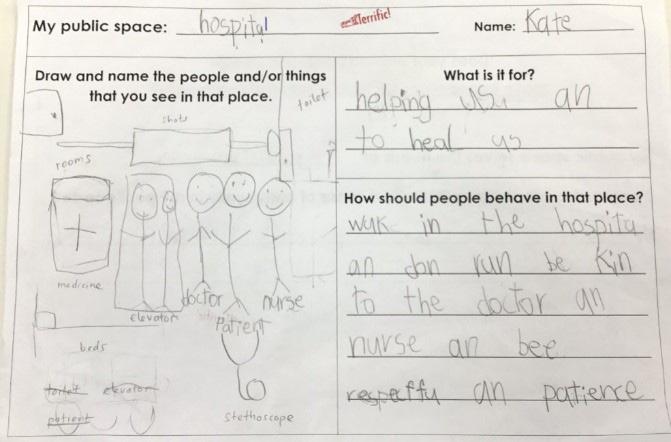
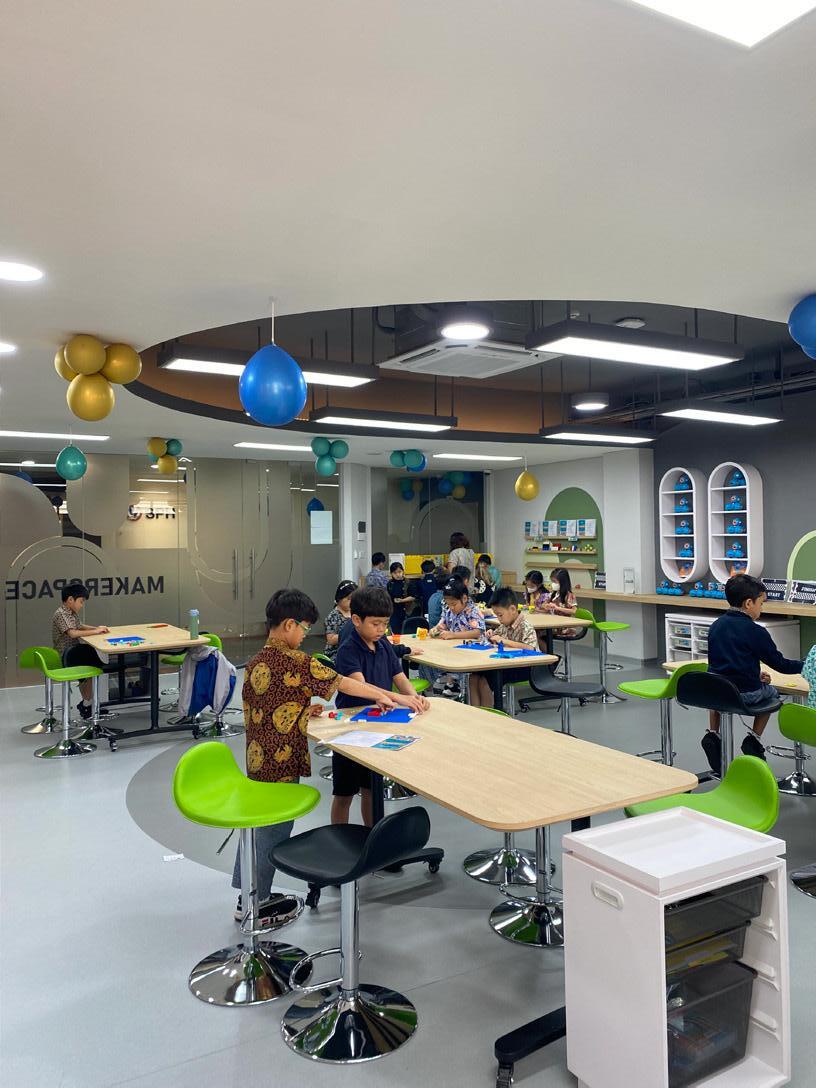
Friends love, friends care, and sometimes friends fight. But how do we fix things? In grade 2, we learn what conflict is for our first unit. We learn what conflict means, how conflicts are started and we also learn different conflict stoppers. The students applied what they learn when conflicts arise in the classrooms or playgrounds. We also learned about perspectives in our unit. Learning about perspectives help us to understand what the other person is thinking or feeling. We wrapped up our unit with mini skits created by the students. They formed groups, planned their skits, took videos, and presented them to the class. God has given us amazing friends to love and care for. What an amazing way to start the school year!
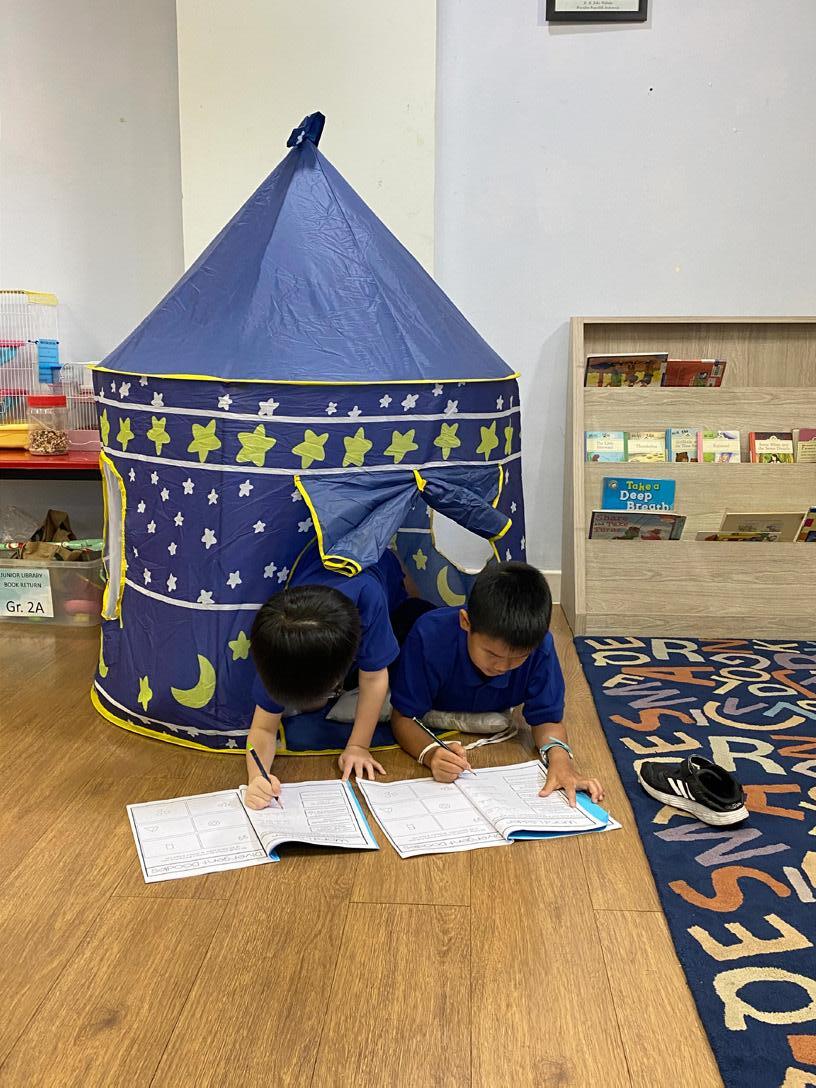
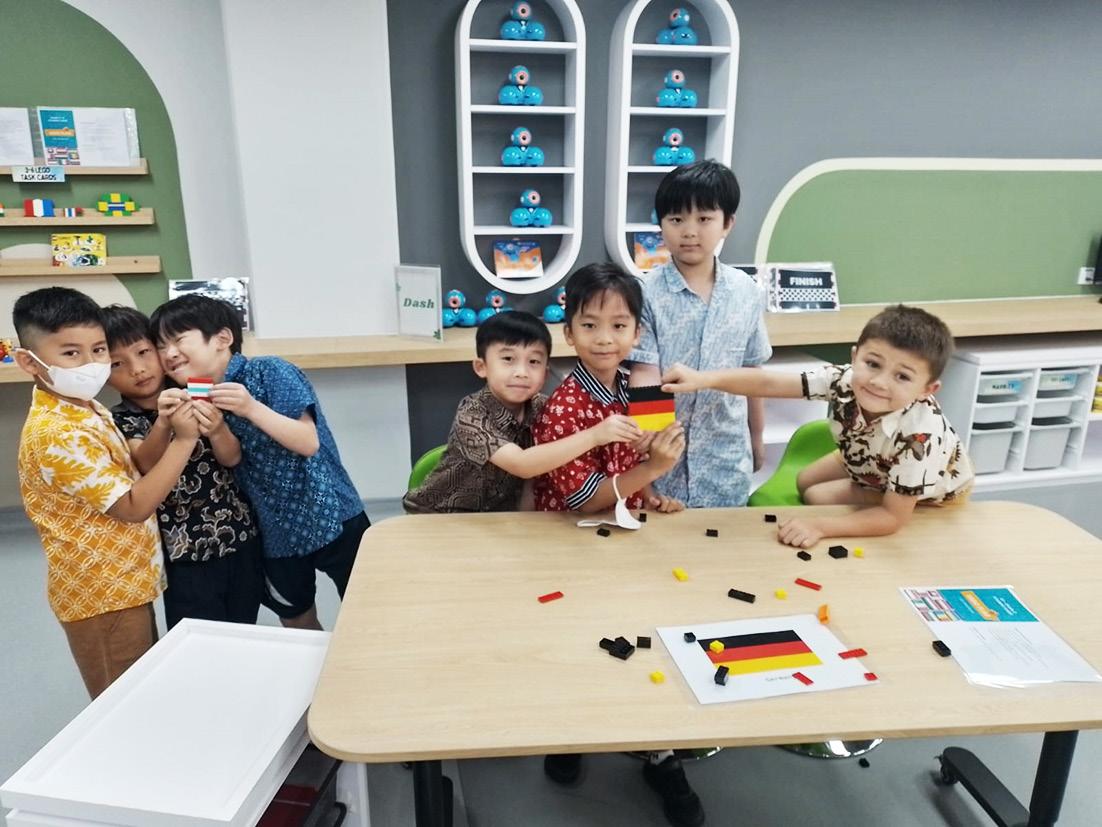
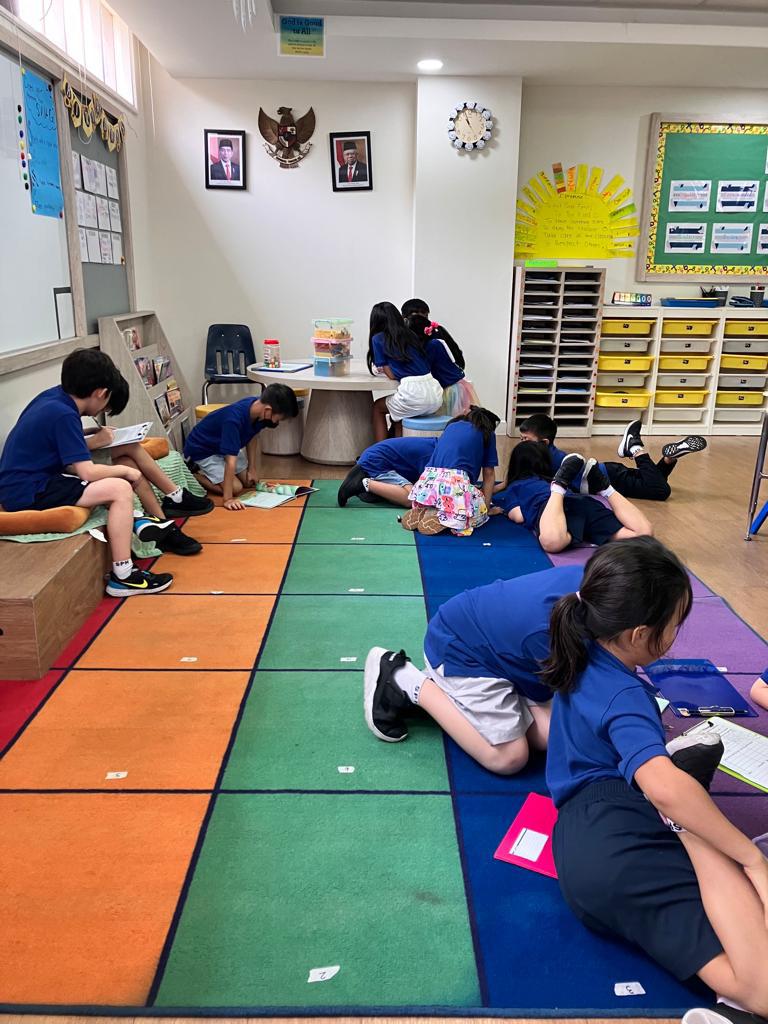
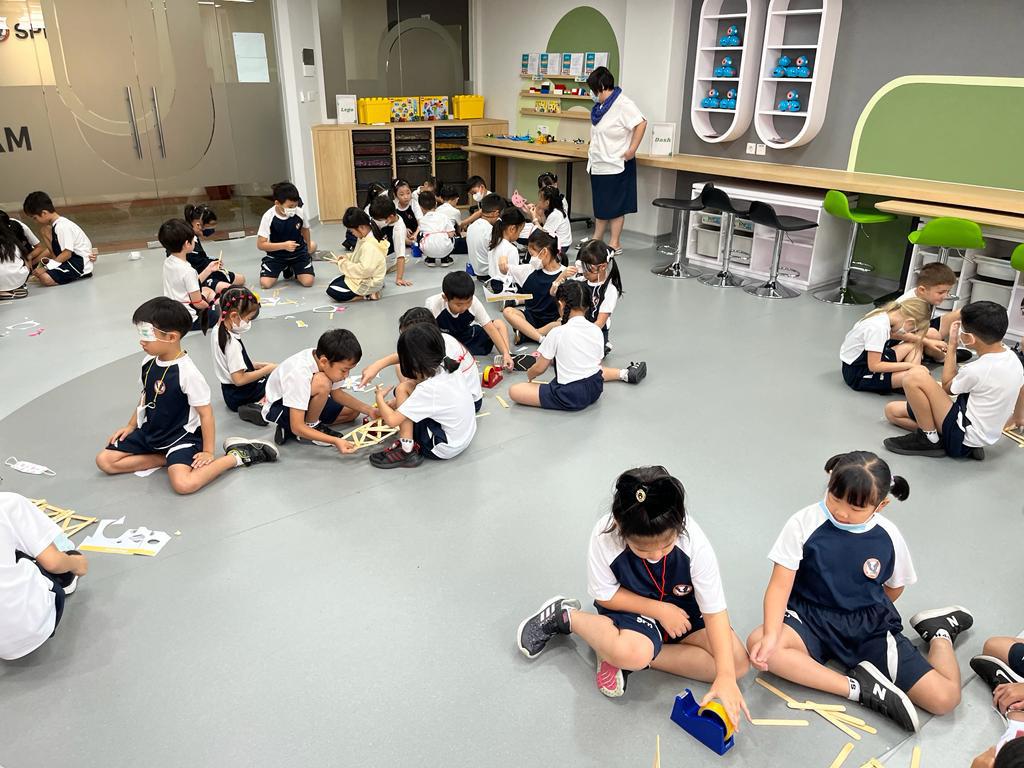
During our first unit of Who We Are, we have been learning that Understanding Human Needs Helps People Live Responsibly (central idea). Third graders have learned that there are four kinds of needs: physical, mental, social-emotional and spiritual. Physical needs are all about how we take care of our body: sleeping, eating and exercising. Mental needs are all about growing our mind: learning! Social-emotional needs are all about how we regulate emotions, experience love and having fun. Last but not least, we have spiritual needs for worshipping our Creator. We can worship in all that we do besides just praying, reading the Bible, going to church and singing.
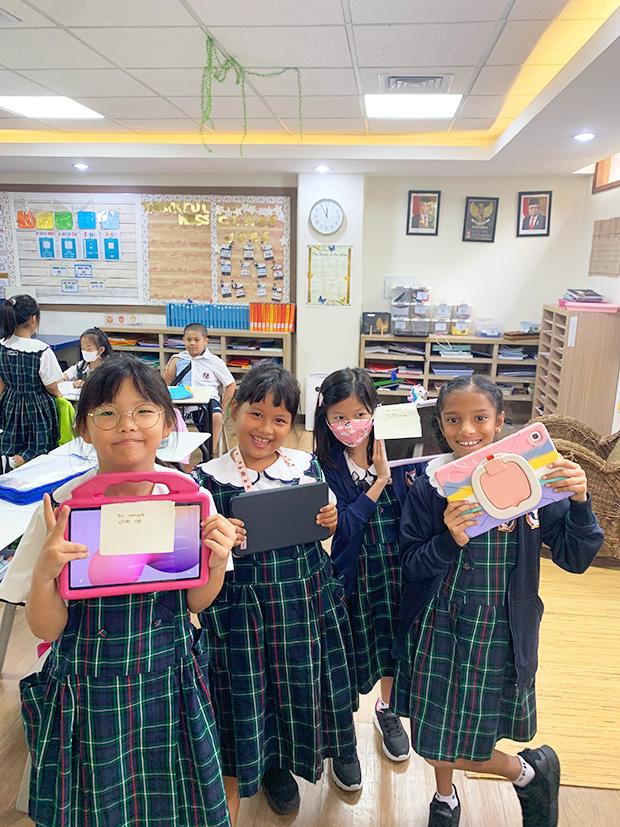
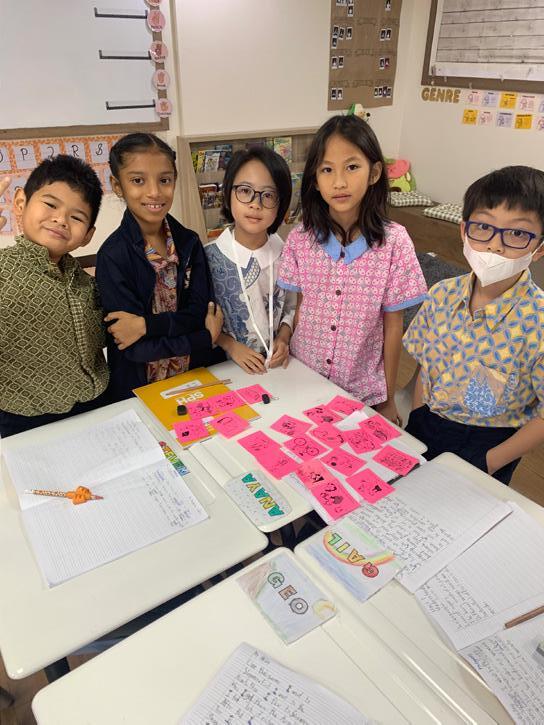
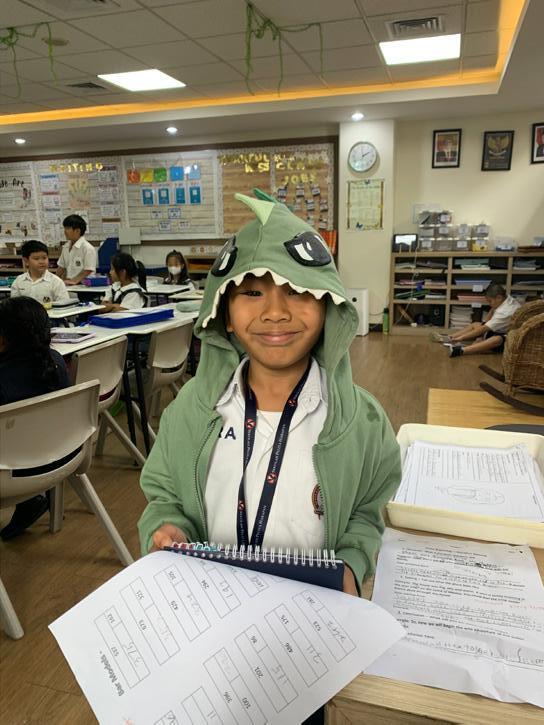
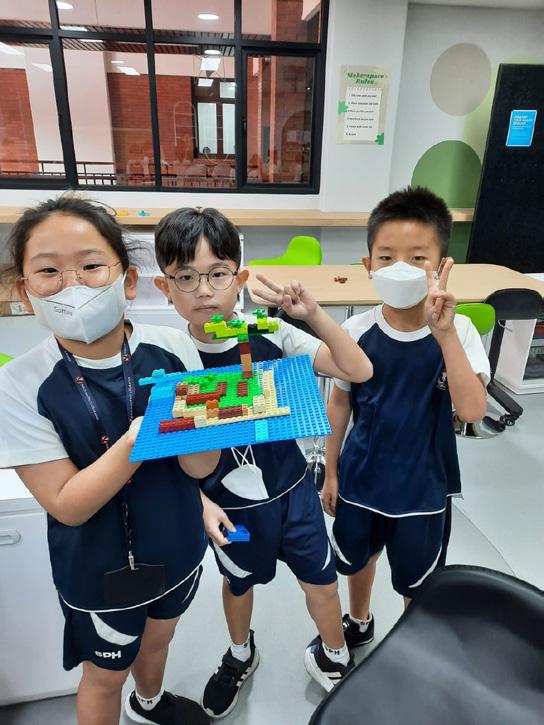
So far this term we have really been developing our social-emotional needs. We are growing as a class community and are taking care of each other. It is evident in the many smiles and fun times that we have had so far. When we meet our needs in a healthy way we are also worshipping God in all that we do. 1 Corinthians 10:31 says, “Whether you eat or drink, or whatever you do, do it all for the glory of God”. We are excited to continue to give God glory as we meet our needs in healthy ways through the rest of this school year.

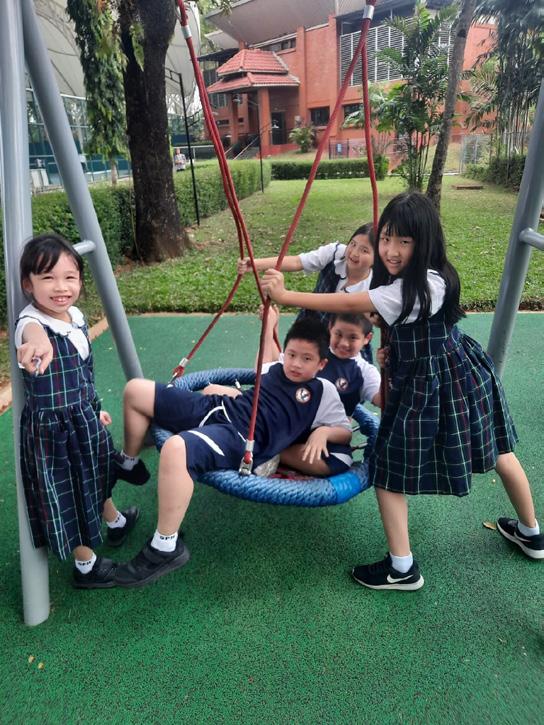
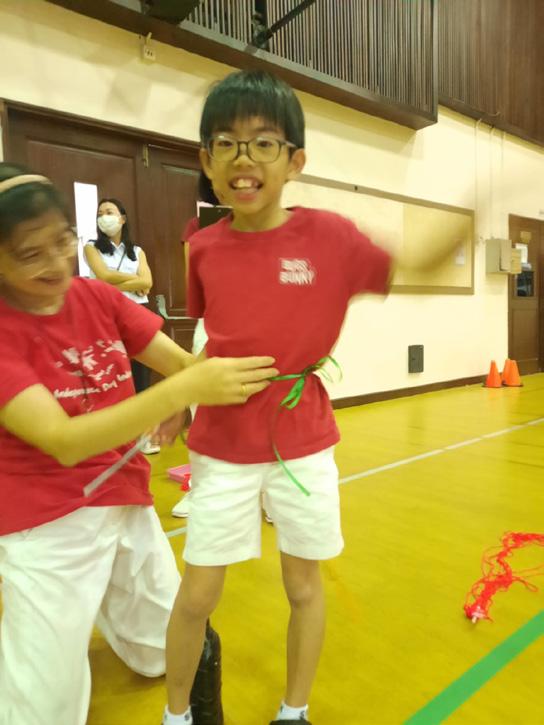
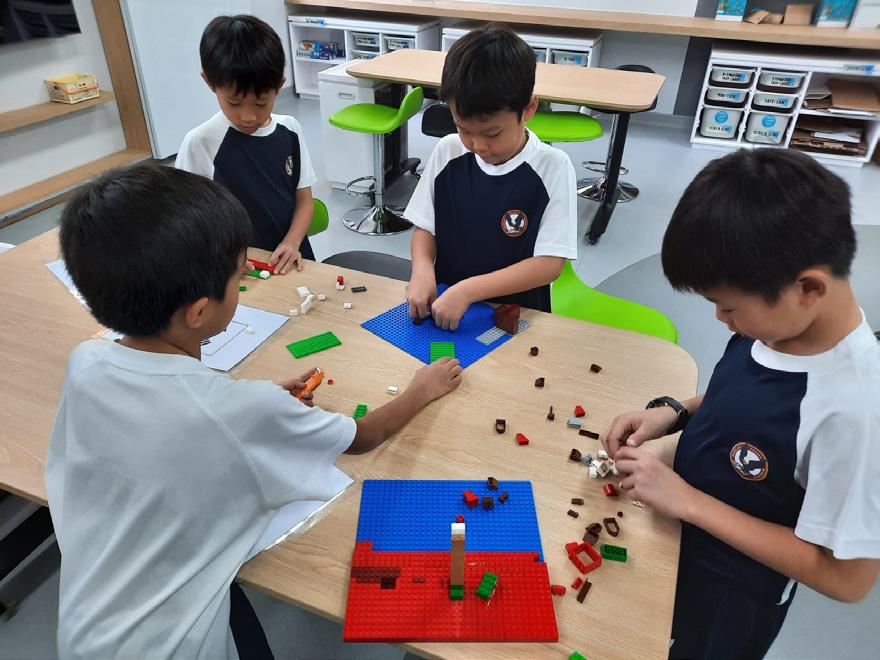
In our first unit, entitled "Who We Are," the students in Grade 4 explored the central idea of, "Understanding the structure of the human body systems helps us to make healthy lifestyle choices." In this unit, the students learned the structures of the human body, how the body systems work, and how the systems depend on each other. We also talked about what kinds of lifestyle choices that contribute to the health of our body systems. As part of the inquiry processes, two guest speakers were invited to share their expertise with our students. Mrs. Lisa Haylock shared her transformation to have healthy lifestyles. Mr. Erik Fry also talked about the importance of taking care of our body in order to help the body systems function well. Our students also went on a field trip to the UPH Faculty of Medicine Museum of Anatomy.
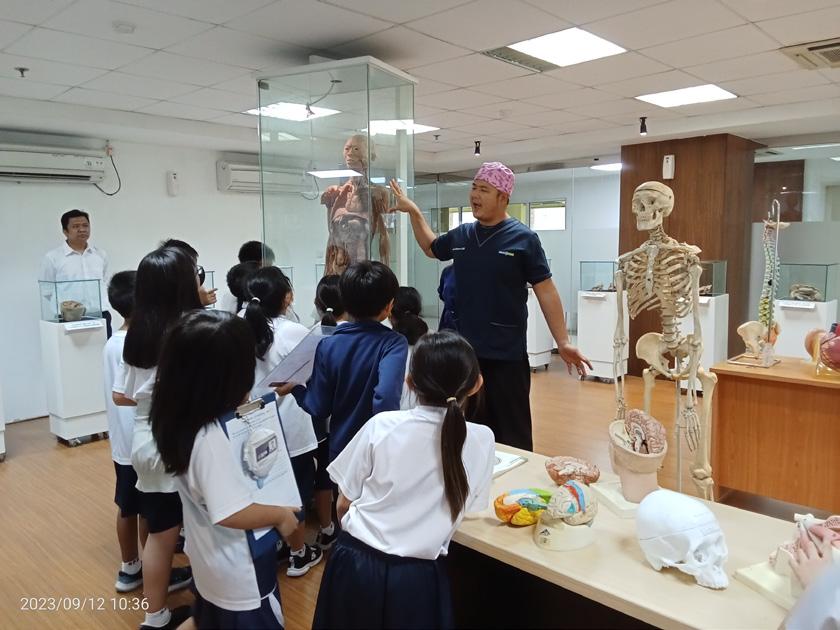
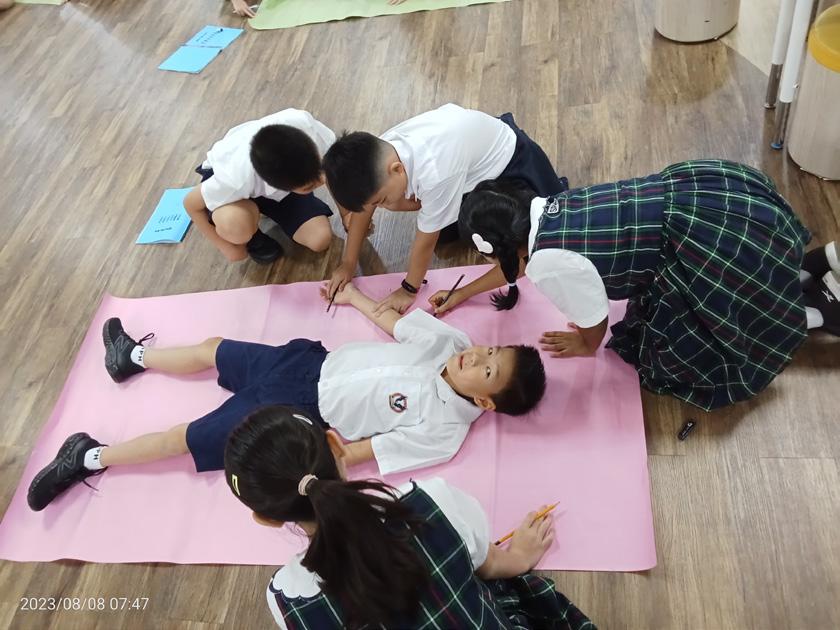
We do recognize that our bodies are designed beautifully by God, and that we are accountable to care for them because, ultimately, we belong to Him. It is our hope that developing these understandings will lead our students to take greater responsibility for making healthy lifestyle choices. We would like to share with you some of the activities we did and the things we learned.
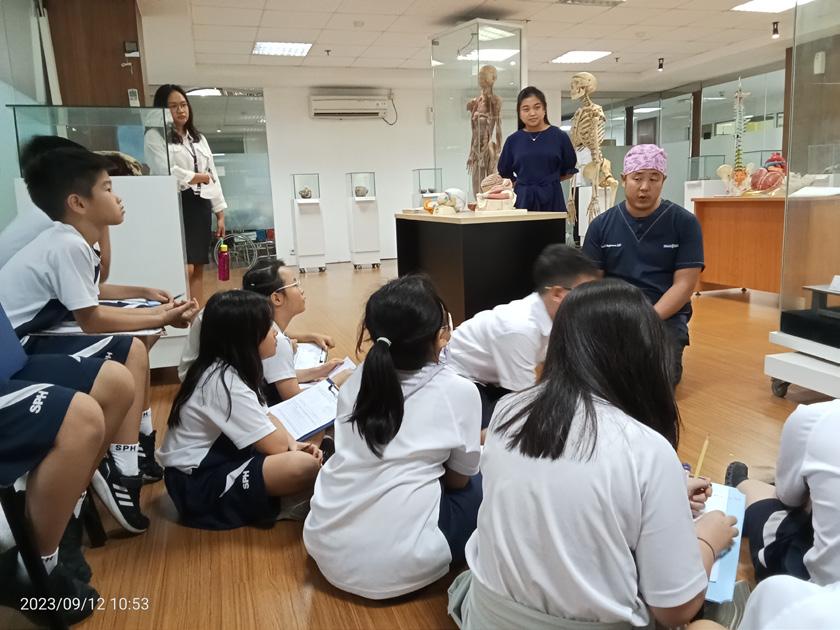
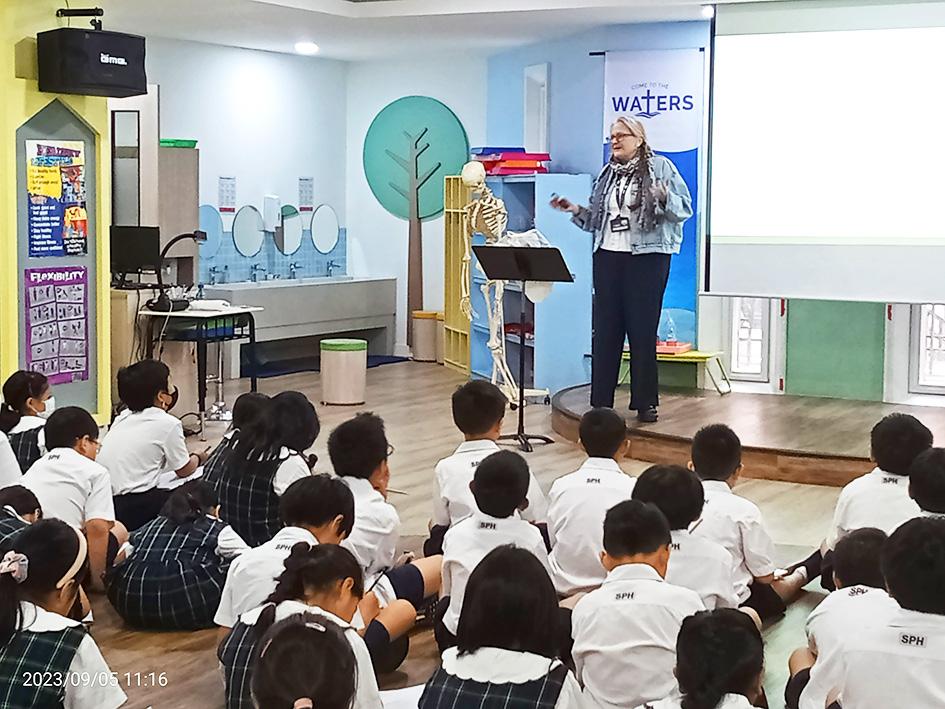
During my field trip to the Museum of Anatomy at UPH, the most interesting things that I saw were the heart, the brain as well as the lungs. It was cool to see how complex the brain was. I once thought that the brain would be soft and mushy, but it was like rubber. I also touched the lungs and they were soft. In the museum, I learned the skeletal system. Can you guess how many bones there are in our rib cage? I learned that there are 24 bones in our rib cage and there are 206 bones in an adult’s whole body. Isn’t that cool! It is also great to see the functions of the human body systems and how GOD has created all of us so wonderfully and precisely.
In Unit One, I learned the human body systems and how the systems work together. I like the skeletal system because it gives us shape and I think it’s very important to have the skeletal system or else we will look like a slime. The skeletal system also protects our internal organs, stores minerals, and makes blood cells. The red blood cells carry the oxygen and nutrients throughout our body. The white blood cells are also important for our body to detect and deal with infections. They fight viruses and bacteria that enter our body. Let’s take care of our skeletal system that gives us shape, protects vital organs and produces blood cells.
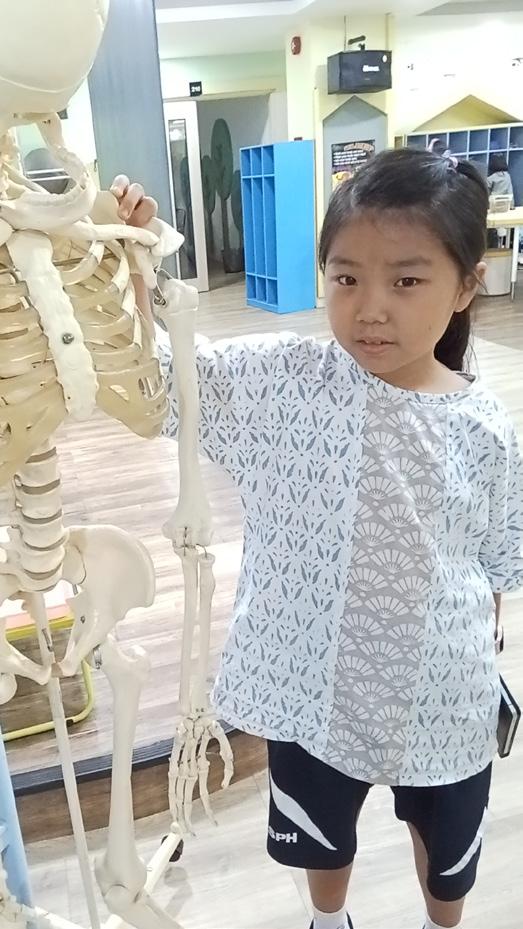
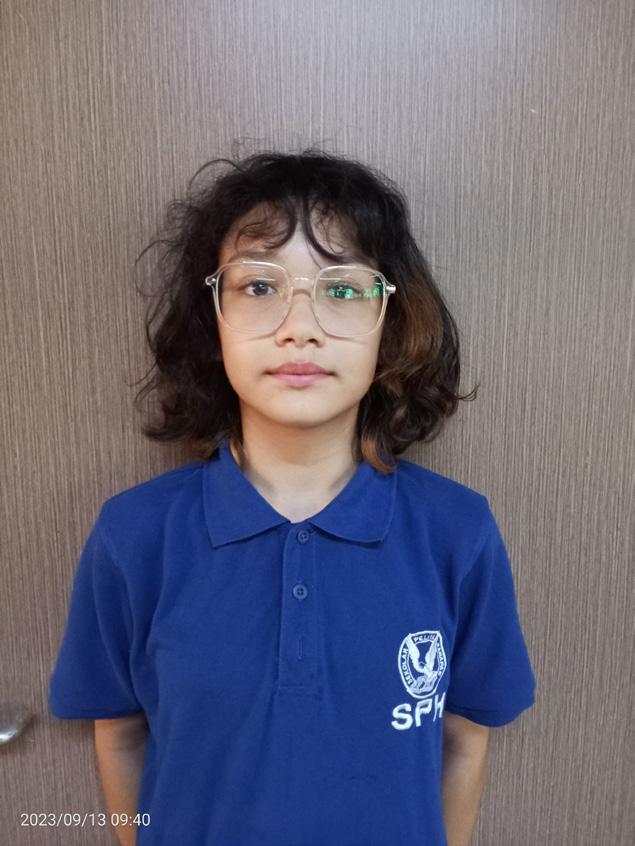
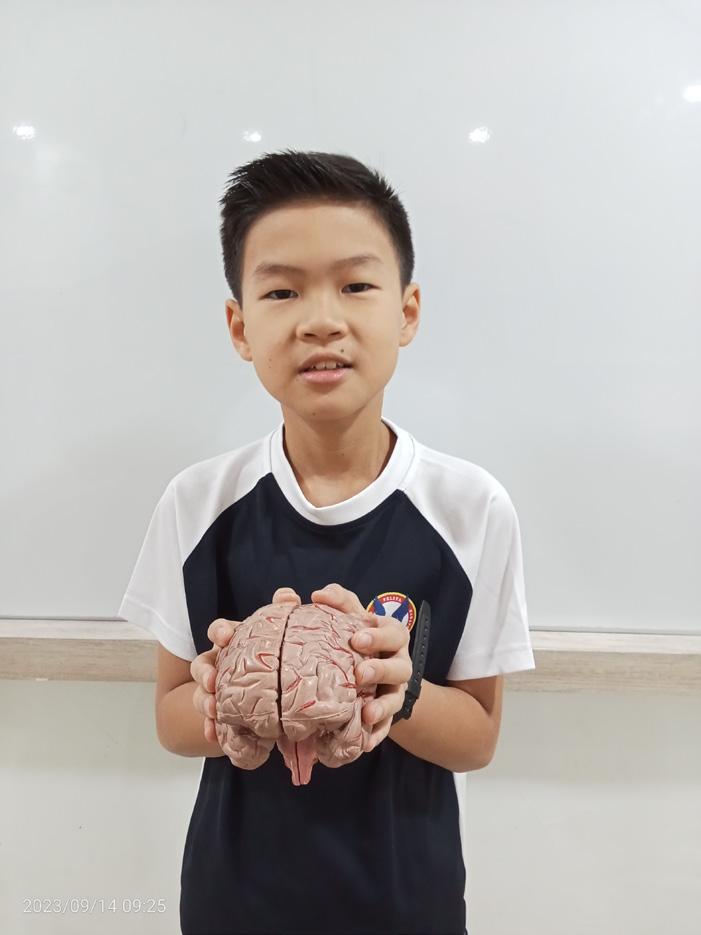
Have you ever touched the human organs? I had a fantastic experience during my field trip to the Museum of Anatomy at UPH. I had the opportunity to see the vital organs (the liver, lungs and brain) and I could touch them by wearing gloves. During the field trip, I saw the human organs on display, and I had to sketch two organs that I liked. My friends and I could ask questions to the doctor. At the end of our visit to the museum, the doctor chose two students who could draw the organs well. I was lucky that my pictures got chosen and the doctor gave me a special key chain. What a wonderful experience to visit the Museum of Anatomy at UPH!
In the “Who We Are” unit, we learned the human body systems. With my friends, on September 12, 2023, I had a chance to learn about the body systems by visiting the Museum of Anatomy at UPH. The museum was cool! We saw real bodies and organs that have been preserved using the process of plastination. The specimens were all interesting! We were introduced to a brain surgeon who taught us about the human body. The doctor also showed different kinds of bones in our body. It was a short field trip, but I really enjoyed it!
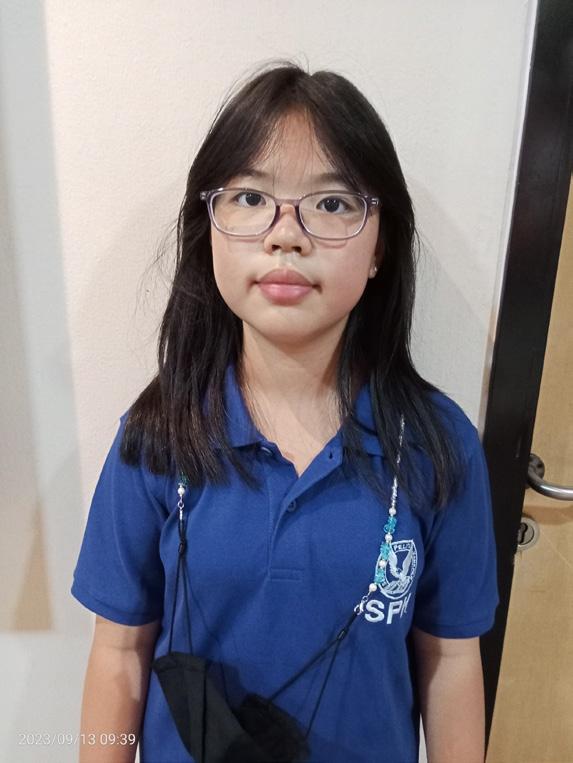
In the first unit of inquiry, I learned about the body systems. In my opinion, the most interesting body system is the respiratory system because this system is very important for breathing. I also learned that the respiratory system also works with the other systems in our body. God has made our body really wonderful, and I must take care my respiratory system by implementing the right diets, doing some regular exercise and having enough sleep.

In the beginning of this unit, during the tuning in activity, my friends and I were asked to draw our body and the important organs. It was a fun activity because we were challenged to know where we needed to draw the organs. We did not know exactly the correct locations of the organs inside our body. After I learned the body systems, I definitely know where the organs are located. What an amazing unit!
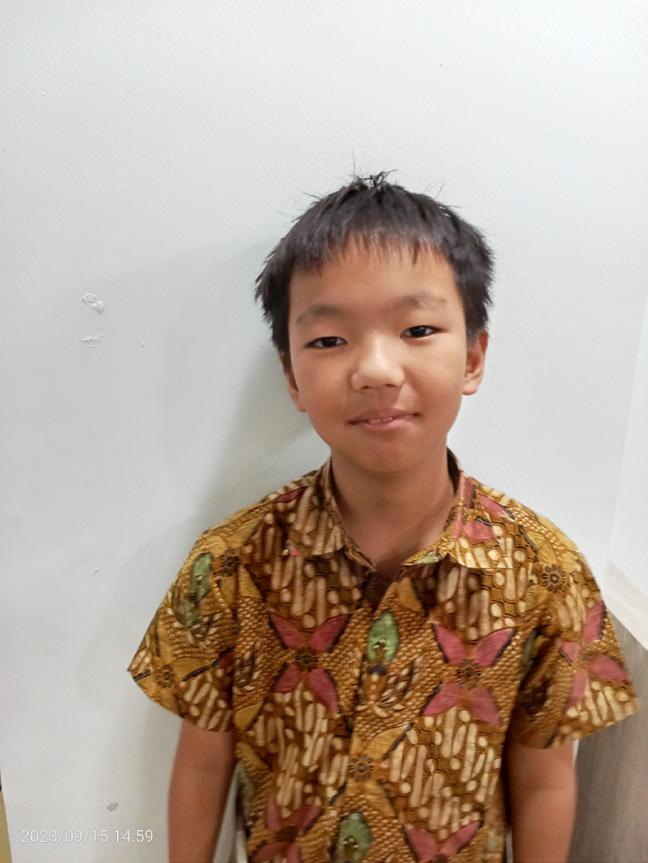 Cleona
Cleona
•
In Grade 5, we start the year with the unit Who We Are and our central idea is “knowing how we learn enables us to understand ourselves and others.” We have studied about:
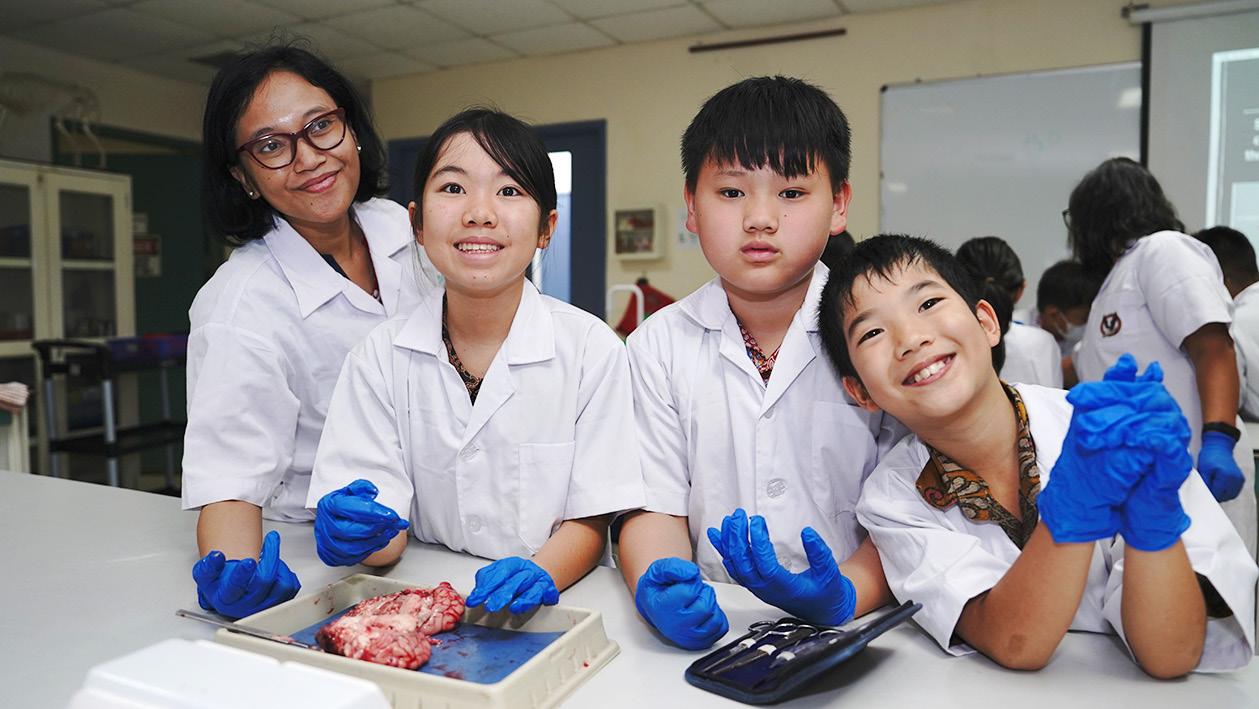
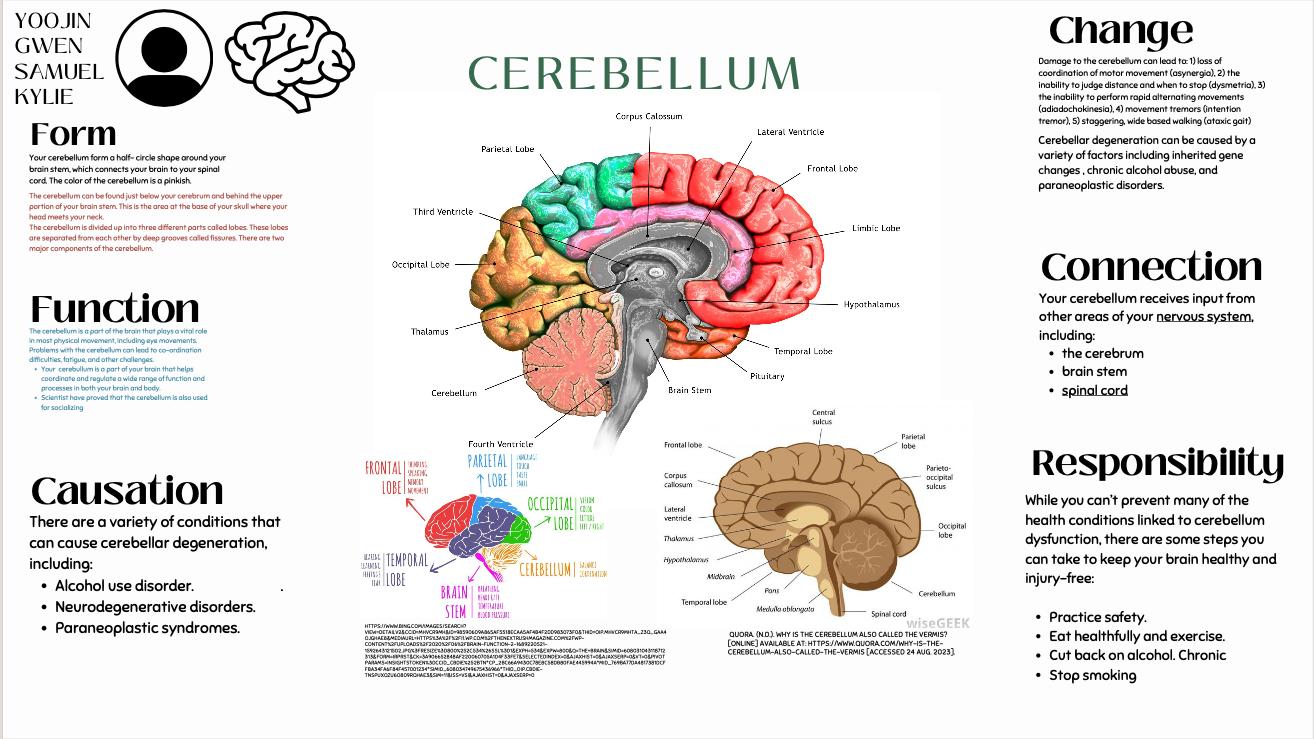
•
•
how the brain works when we are learning or doing something how our actions can change the quality of our learning, and how we all learn in different ways.
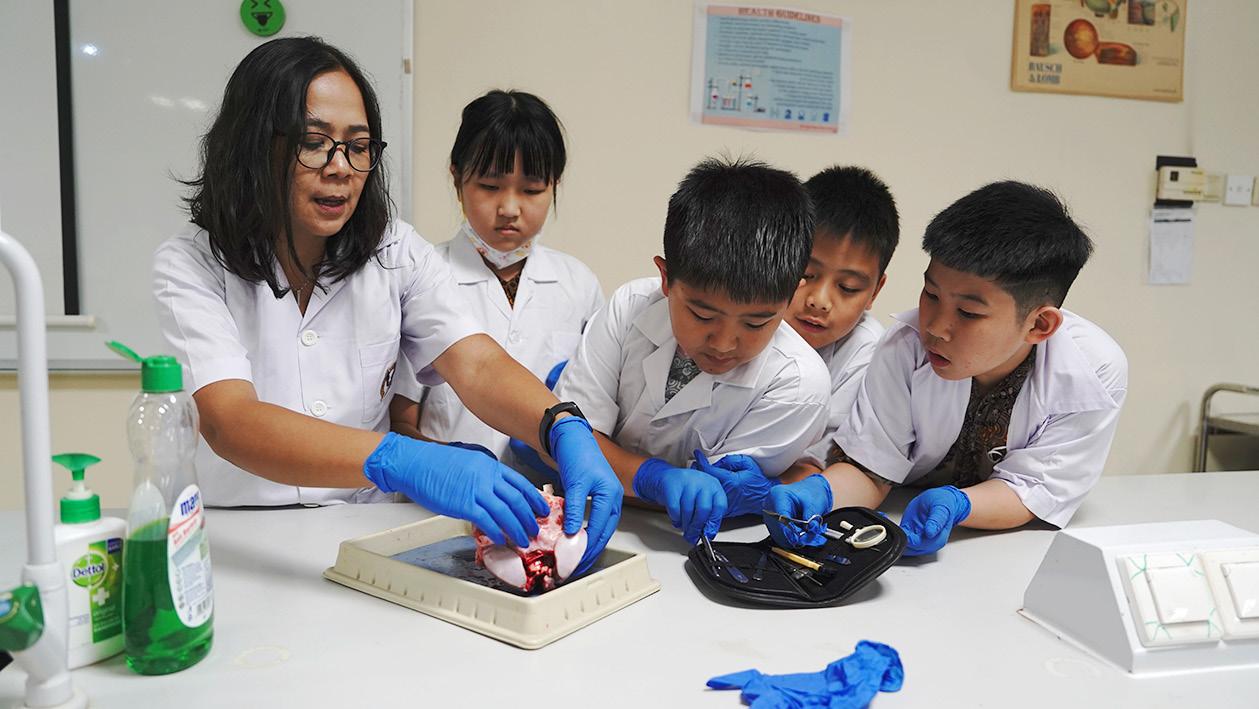

Here are some thoughts from our Grade 5 students.
What is the most important thing you have learned during this unit of Who We Are?
The most important thing I learned this unit is that everyone is different. This involves difficulties and looks. I also learned about different types of disabilities and how we can help the people with them. I learned that they are the same as us but their brains just work differently.
What action have you taken or will you take as a result of this unit?
I will sleep and exercise more. I want to sleep more so I won’t be tired and sleepy while working. I want to also exercise more because it will make me happier and fitter. I learned from this unit to sleep and exercise more often so my health and my brain will be more healthier. I will also be healthy and happy.
What is the most important thing you have learned during this unit of Who We Are?
The most important thing that i have learned is how different people learn, not all people learn the same and you can help them learn better like if someone has dyslexia. We should treat people equally even if they are normal or different.
What action have you taken or will you take as a result of this unit?
I will help people that have struggles of learning, reading, and grammer, by giving them easy ways to memorize the words that they need to know and make their learning way easier so that they can learn much much easier than they did before.

What is the most important thing you have learned during this unit of Who We Are?
The most important thing that i have learned this unit is how different people learn. I learned that there are people with learning disabilities like autism, dyslexia and cerebral palsy. I learned how to treat people with those conditions. I also learned how do they learn. For example, people with dyslexia has a hard time figuring out writing and math because of their poor motor skills. We should treat them fairly even though they have a hard time with some things.
What action have you taken or will you take as a result of this unit?
In the past, I have been quite rough to people with autism and dyslexia. I have a friend that has autism. I treated him like a normal person but he just goes along with it even though he doesn’t understand a thing i say. I would like to change how i act towards other people with special needs. I want to also help people with disabilities how to do stuff that they couldn’t do before. Because of this unit, i felt sad because of the struggles special needs children go through.
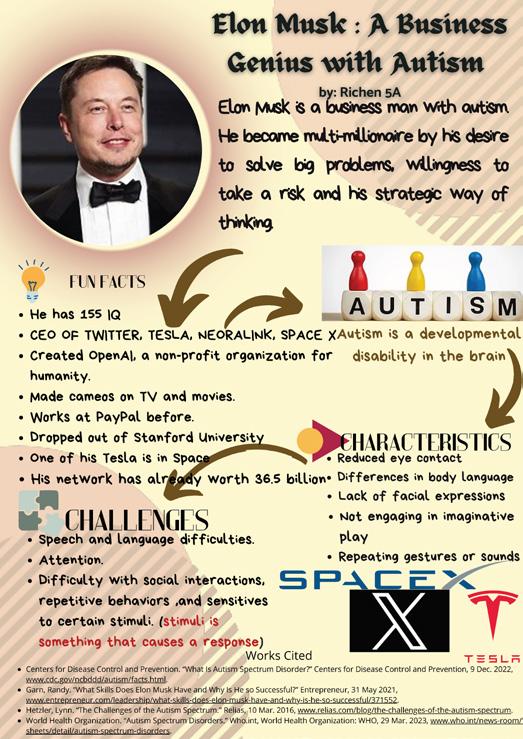
What is the most important thing you have learned during this unit of Who We Are?
The most important thing I have learned during this unit of Who We Are is about the different ways people learn and the different disabilities they have. I learned about the kinds of things people do who have a hard time learning and to never judge someone because you don’t know if they are smart or not.
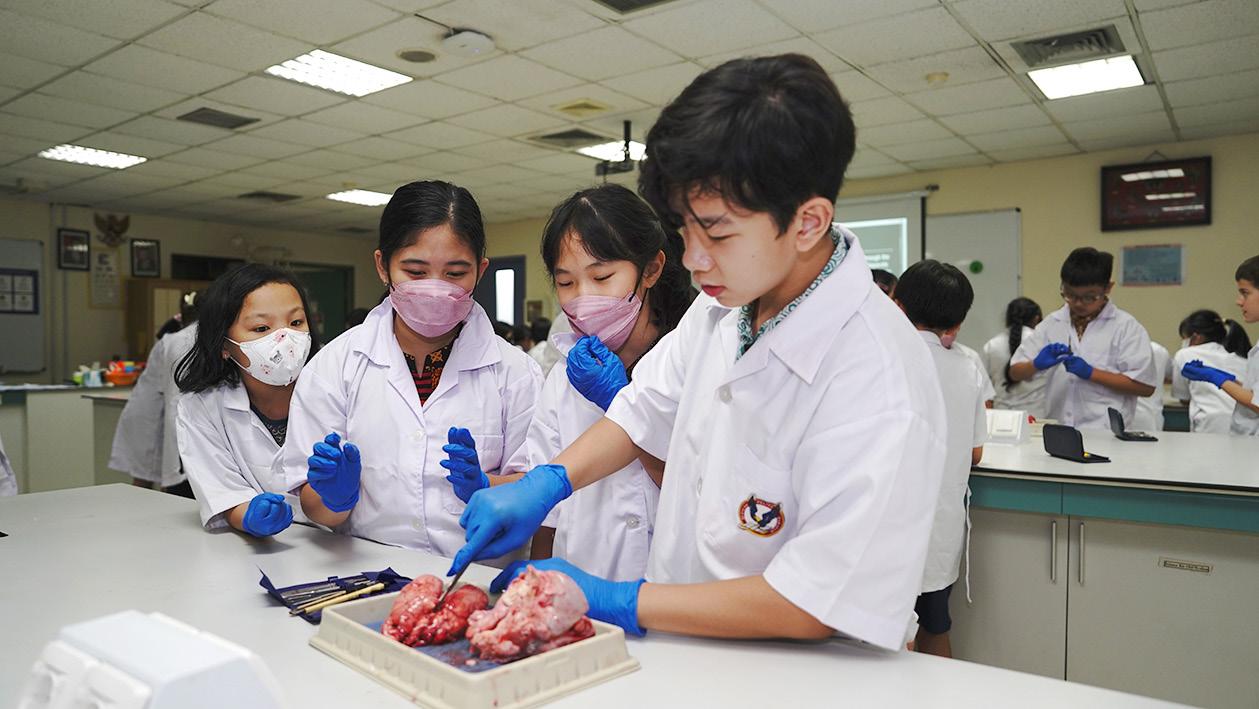
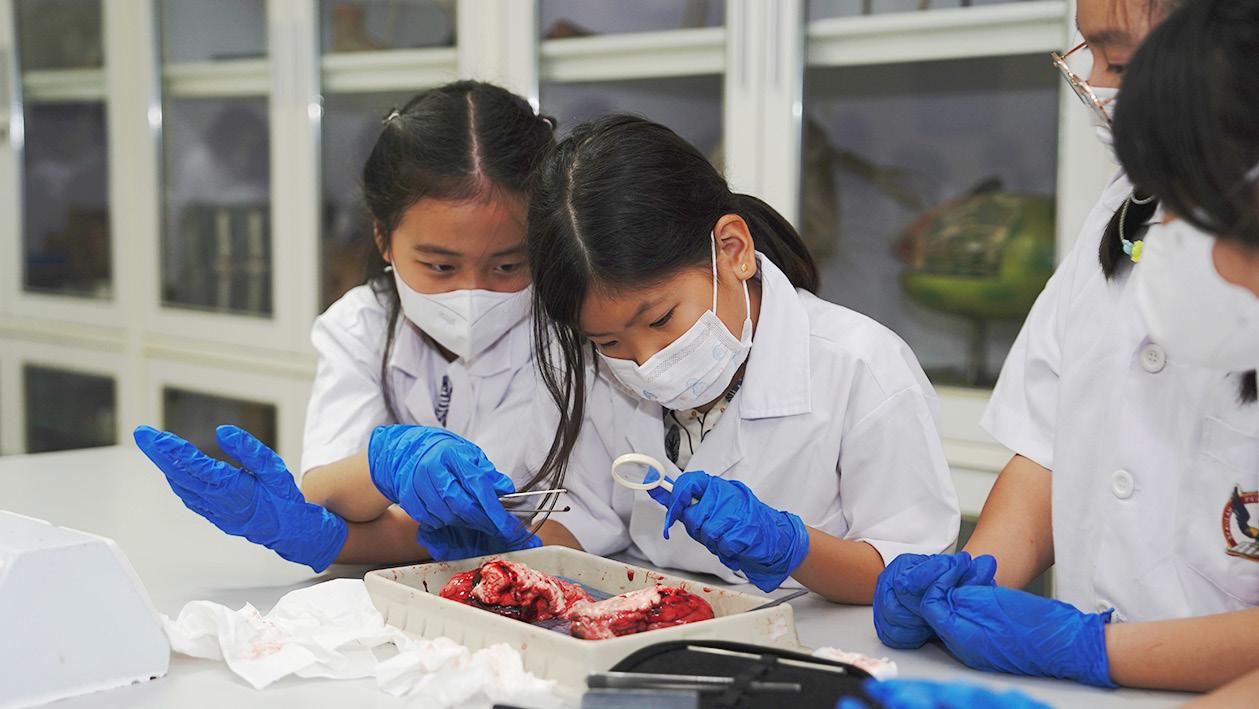
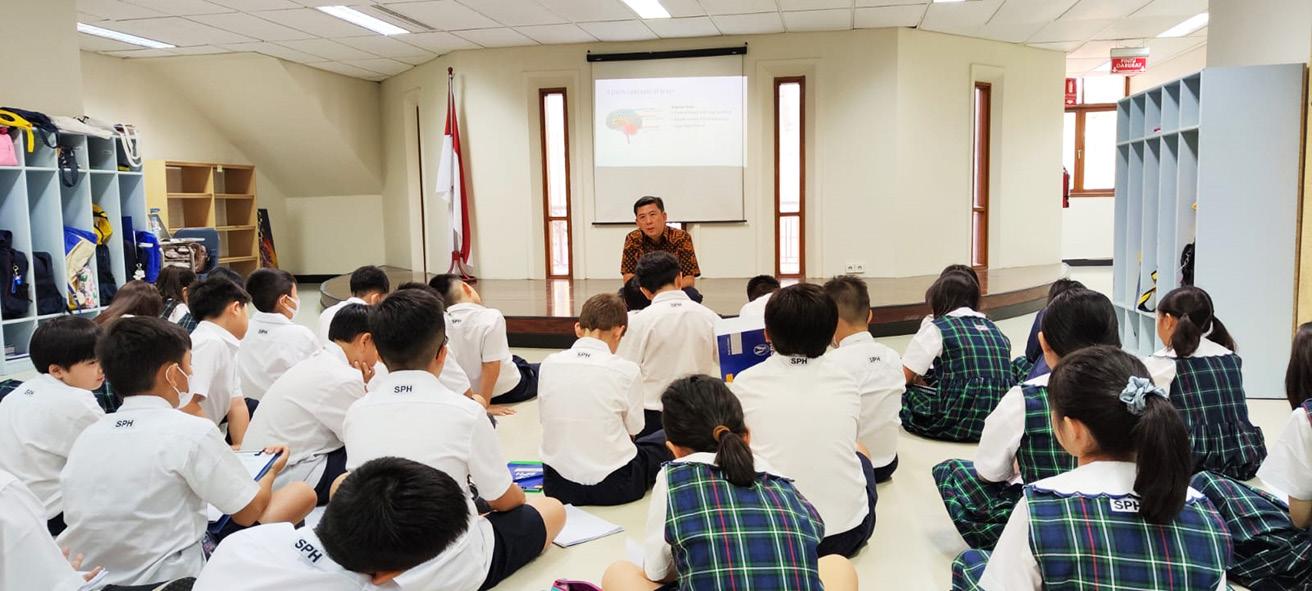
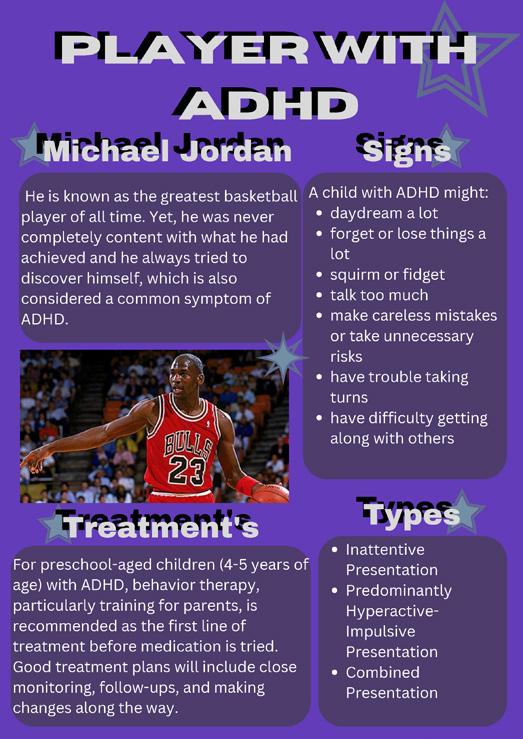
What action have you taken or will you take as a result of this unit?
The action I have taken or will take as a result of this unit is helping other people who have a hard time learning so they can improve over the year. We should stand up for people who bully other people who have disabilities so they don't feel ashamed or not intelligent. With other people’s support and kindness they will be able concentrate and learn new kinds of things.
In our first unit, Who We Are, the Grade 6 students inquired into their identity. We began by exploring how our bodies are growing and changing. We were privileged to have Mr. Michael and Mrs. Julia VrMeer lead an engaging question-and-answer discussion. We then researched various theories of development, and considered how our choices influence who we become.
Using what they had learned over the past several weeks, the students designed an ‘Identity Showcase’ a creative expression of an aspect of their identity. Their showcase was presented to Grade 5 students in a gallery walk.
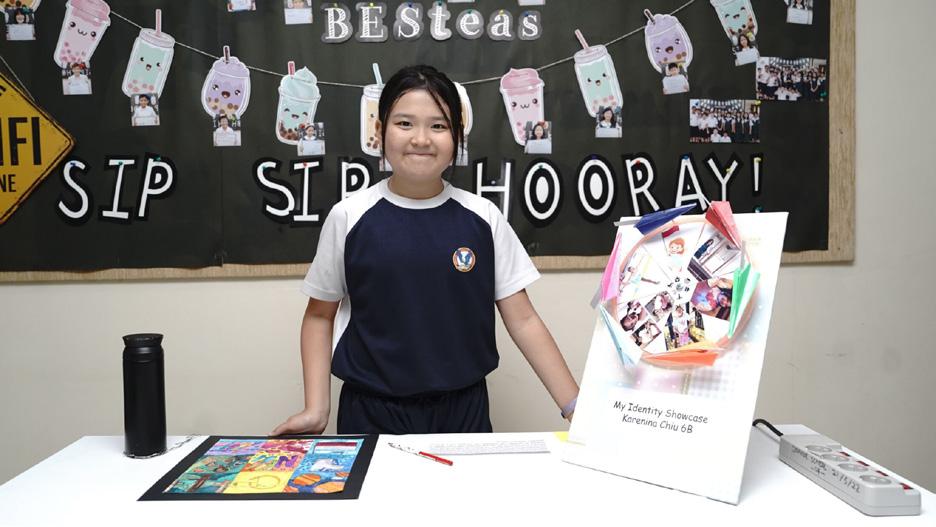

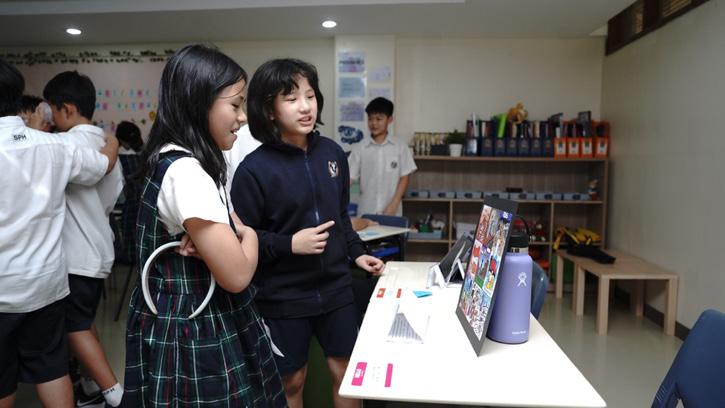
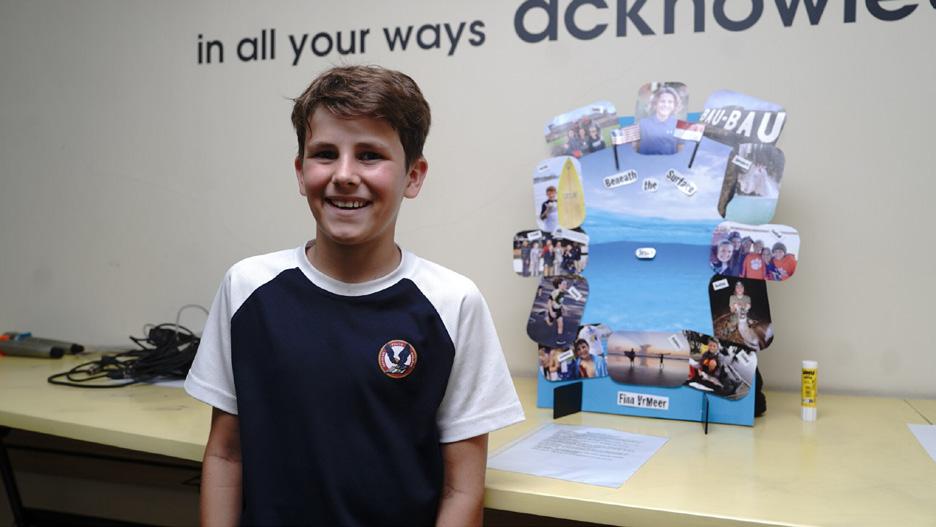
The students shared meaningful insights in their reflections. Here are some of their words:
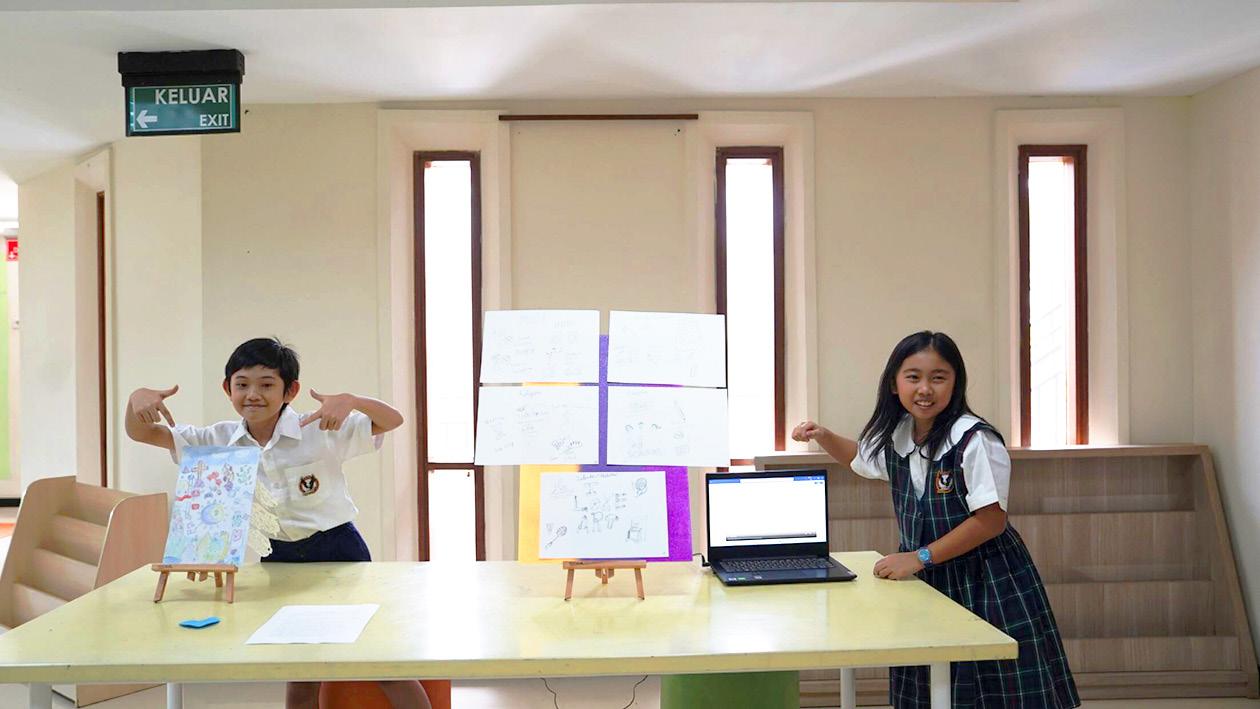

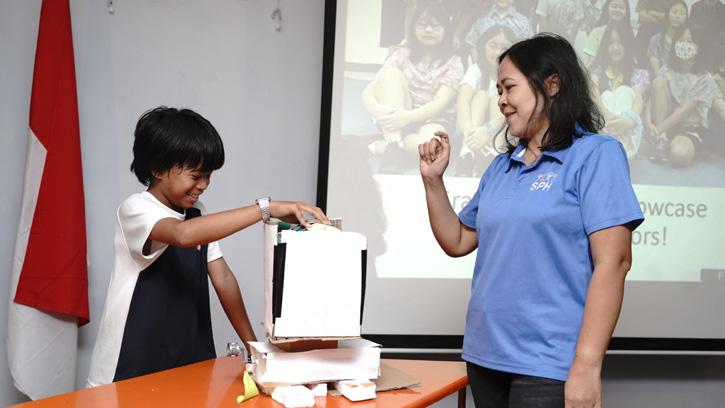
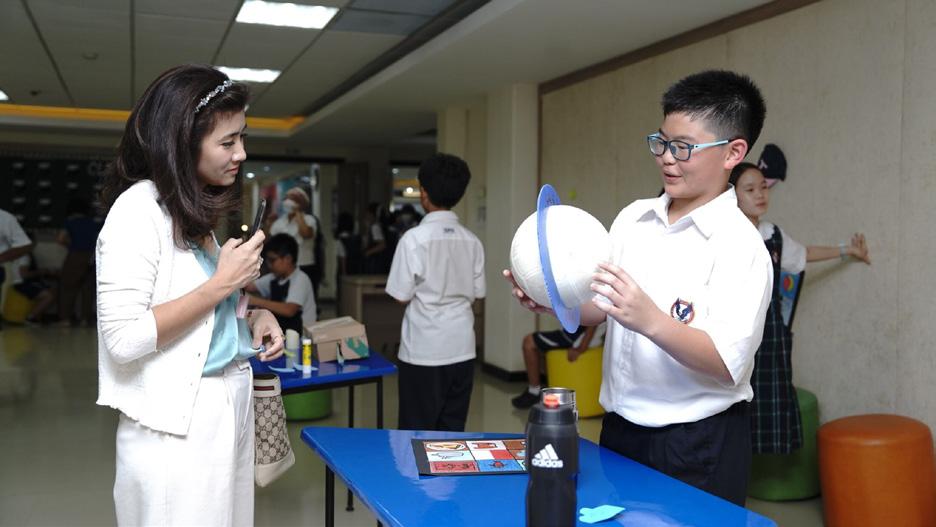
Something I learned about myself is that you can do anything if you just give all the effort you have.
- Matthew HI became more principled in this unit. I was honest and I respected my team with their time.
- JulianneOne thing that puzzled me was question, “What is my identity?” I have never questioned who I really am or asked what I am truly like.
- VivianWe invite you to stop by the Grade 6 pod area to view the Identity Showcase pieces. They are a wonderful reminder that we are uniquely created in God’s image.
by Mr. Eduardo Diaz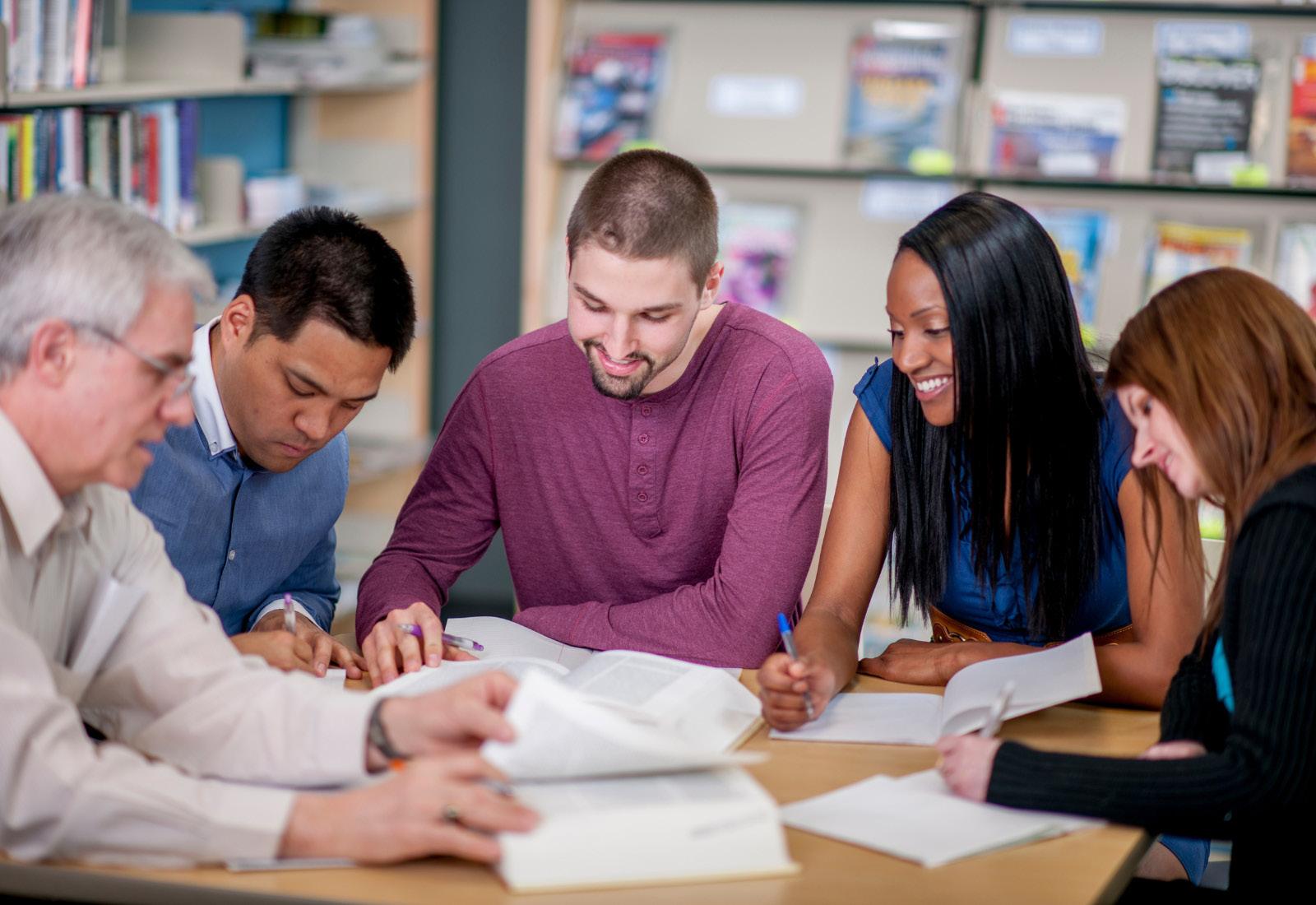
Steve Job said, "Great things in business are never done by one person; they're done by a team of people." I believe that this applies as well as in education. Great things in education are done by a team of dedicated people. In this article, I would like to share what collaboration means, how teachers collaborate, how it fosters collaboration in the classroom, and how it impacts our students.
In PYP (Primary Year Programme), collaboration is a standard and practice that improves the transdisciplinary learning processes and student outcomes. The school ensures that teachers have as many opportunities as possible to work together to support learning and teaching. The teachers inquire and reflect on learning and teaching as they collaborate with other teachers and students to grow as professionals. They design the program of inquiry, support each other by providing feedback on teaching practice, create and moderate assessments, and reflect on the units and the program.
Moreover, collaboration happens not only between the teachers. Collaboration happens within and beyond the learning community. Students, as agents of their learning, are fully engaged throughout the unit of inquiry. They define their learning goals and their success criteria with teachers. They also reflect on their learning individually and collaboratively with peers and teachers throughout the inquiry (PYP, 2020).
In PYP, learning happens and is connected to real-life contexts. They learn from other people in their community and even beyond that, such as other students, parents, extended family, experts, and professionals in local and global communities.

To foster collaboration, here are some of the strategies we use in the classrooms:
Teach them to listen and respect one another
Set the rules of language and collaboration
Make clear goals and expectations
Assign roles to the members of each group
Use real-world problems to work together
Consider giving each group a different task
Evaluate each group on how they work together
When students collaborate, they develop higher-level thinking, oral communication, self-management, and leadership skills. They learn to trust each other, become more confident, and increase their self-esteem, responsibility, achievement, and positive relationships.

At home, we also can help nurture this disposition by building their trust, working together on a project or cooking or making something, including them in the discussions to decide on something, and keeping them accountable for some chores or tasks. I hope we all can better understand collaboration's impacts and nurture this collaboration disposition in our students.
Reference:
Collaborative Learning | Center for Teaching Innovation. (n.d.). https://teaching.cornell.edu/teaching-resources/active-collaborative-learning/collaborative-learning#:~:text=The%20be nefits%20of%20collaborative%20learning,self%2Desteem%2C%20and%20responsibility.
Development, G. S. O. E. A. H. (n.d.). 10 Strategies to Build on Student Collaboration in the Classroom. The Graduate School of Education and Human Development. https://gsehd.gwu.edu/articles/10-strategies-build-student-collaboration-classroom
International Baccalaureate Organization. (2018). Primary Years Programmee: The Learning Community. Peterson House, Malthouse Avenue, Cardiff Gate.
